STOP ignoring mini PCs! Today's your last chance to save on a bagel-sized Windows PC during Prime Day — YES, it runs my games
Windows Central Senior Editor Ben Wilson holding a Geekom A8 Max mini PC with a red background
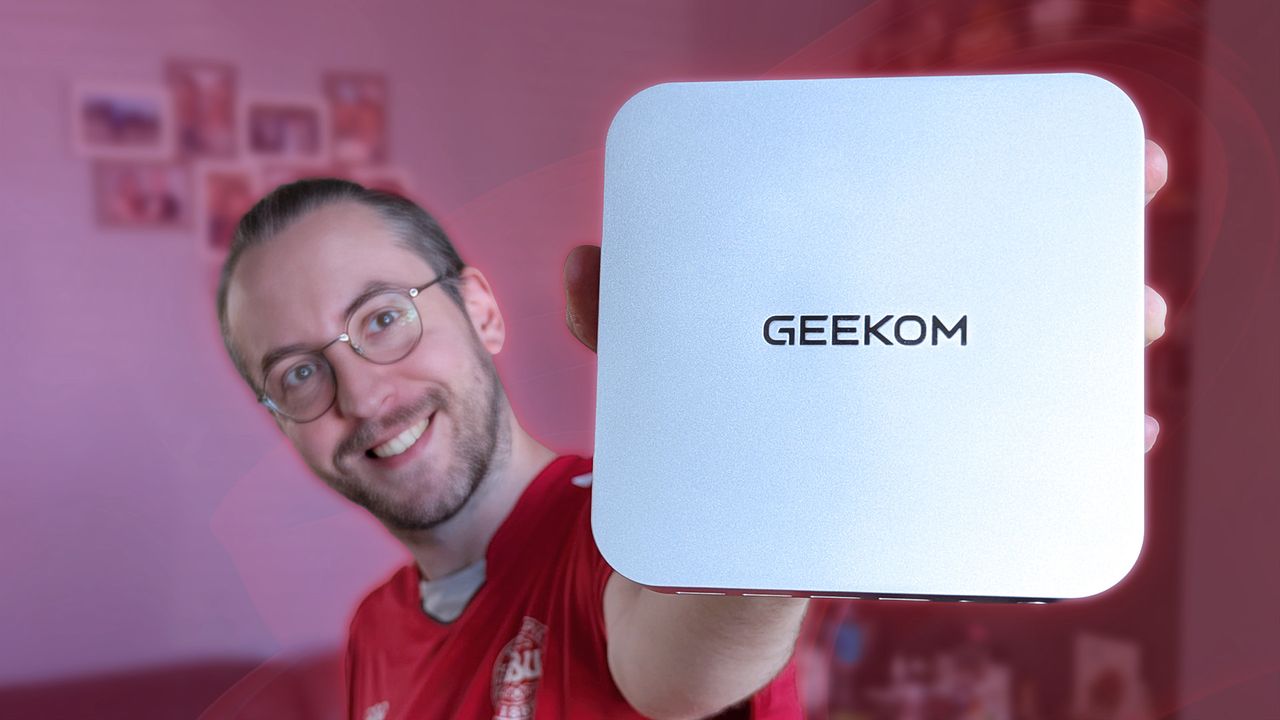
Windows Central Senior Editor Ben Wilson holding a Geekom A8 Max mini PC with a red background

HP OmniStudio X AIO on a desk and turned on.
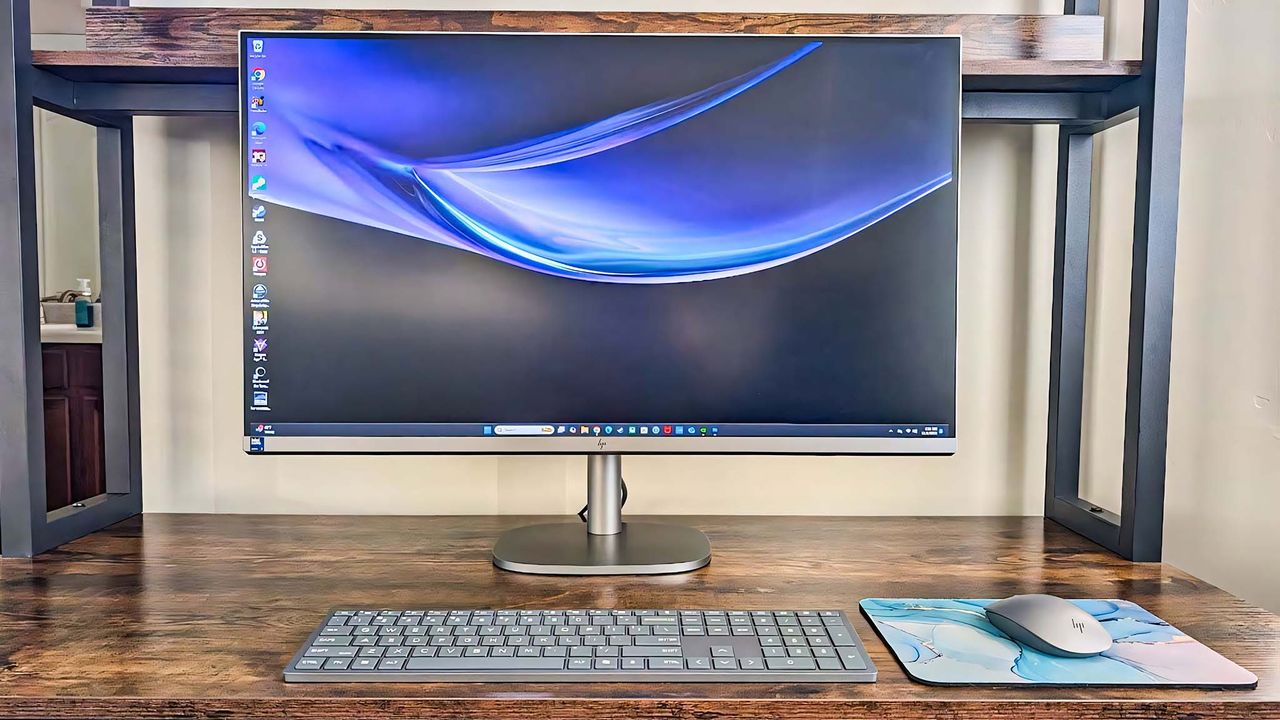
A PNY M.2 2230 SSD inside a UGREEN SSD Enclosure.
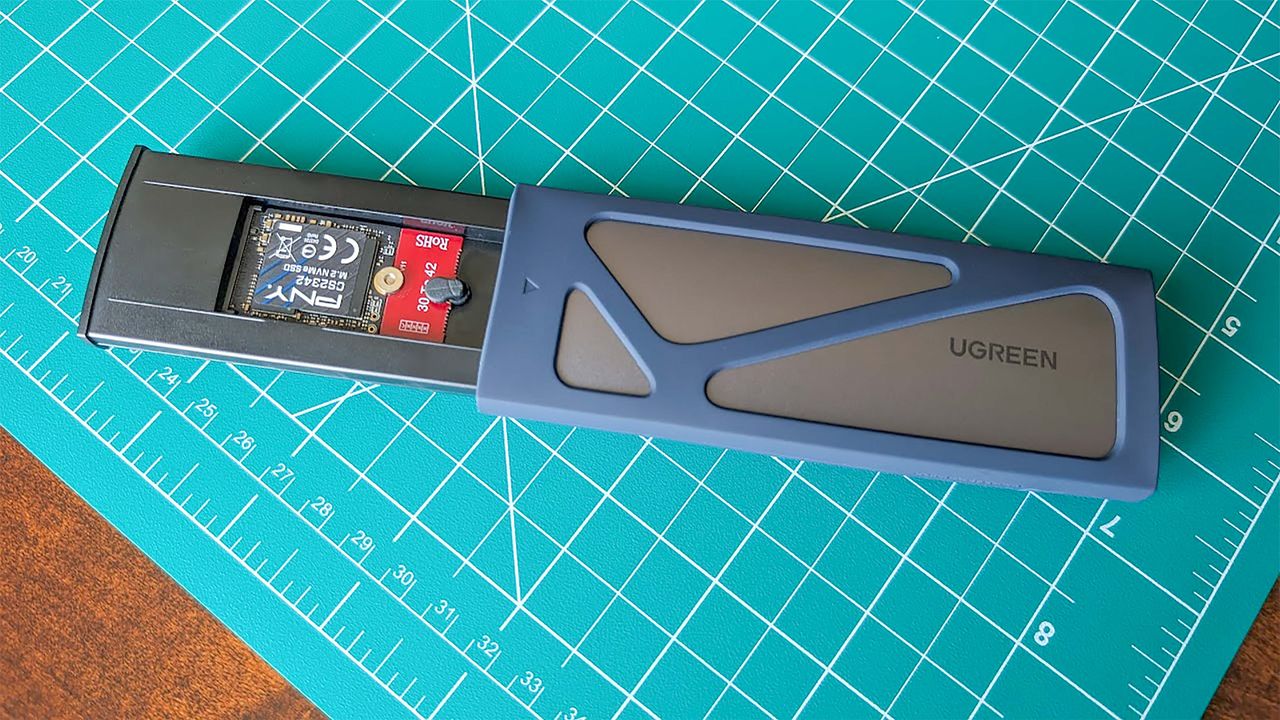
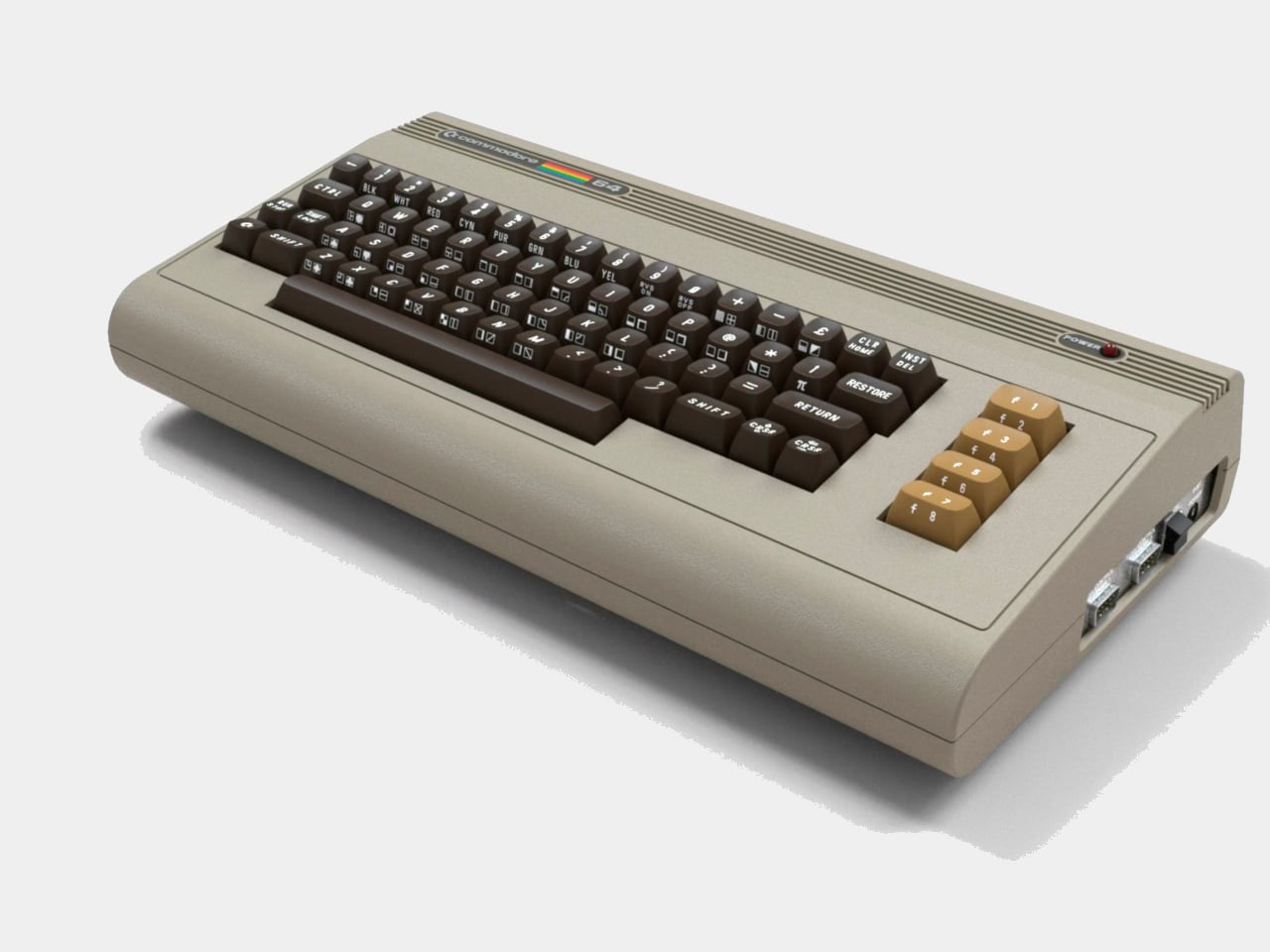
The Commodore 64 was one of those computers that defined an entire generation’s relationship with technology, complete with its chunky beige case and that satisfying mechanical keyboard that made every keystroke feel deliberate. These days, most of our computing happens on sleek, minimalist devices that prioritize function over personality, which makes the new Commodore 64 Ultimate series feel like a breath of fresh air.
What makes this modern revival particularly interesting is how it doesn’t just slap some retro styling onto contemporary hardware and call it a day. Instead, the Ultimate series comes in three distinct flavors, each designed to appeal to different types of nostalgia seekers while actually being useful computers you can plug into your modern setup.
Designer: Commodore
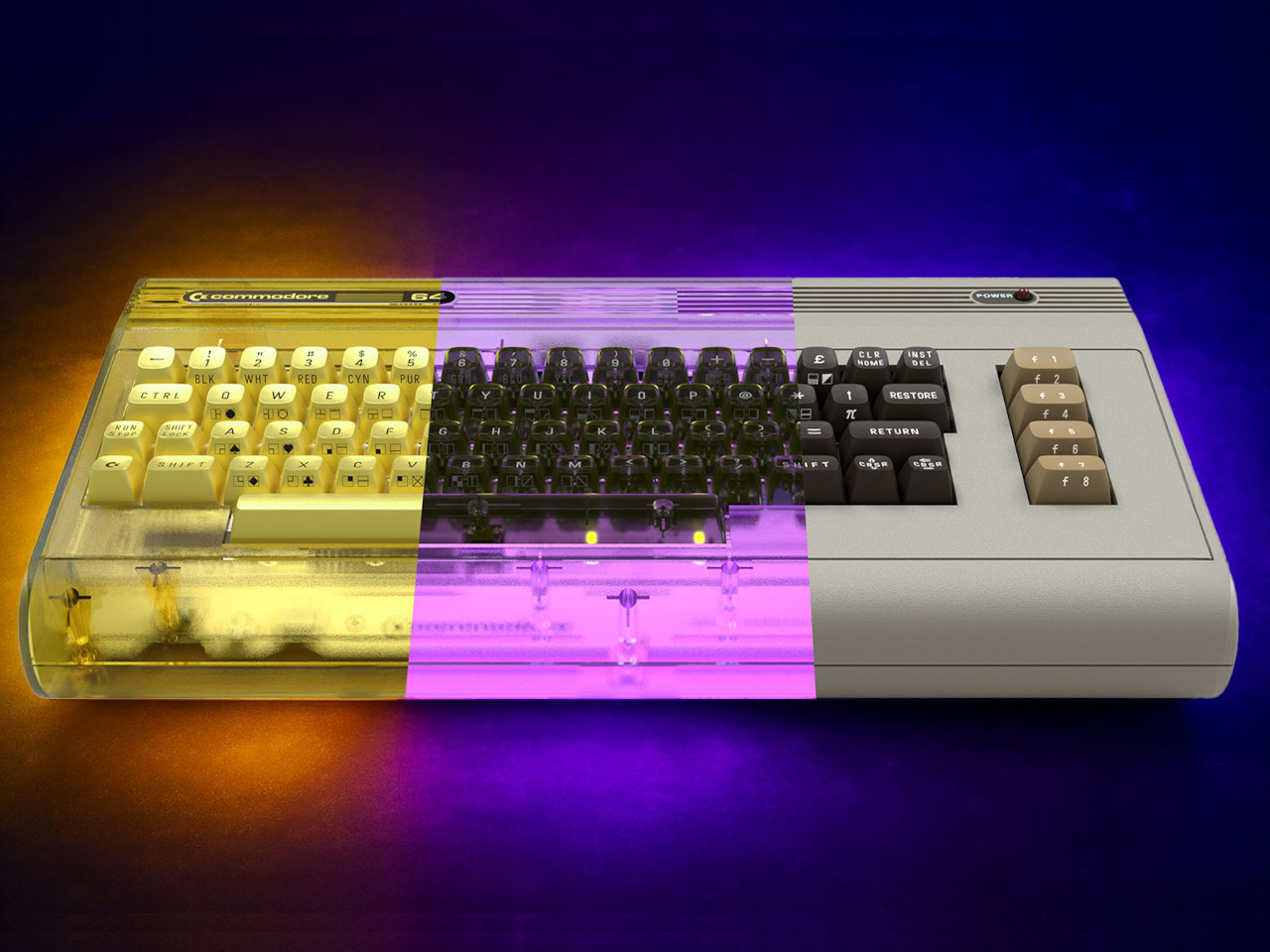
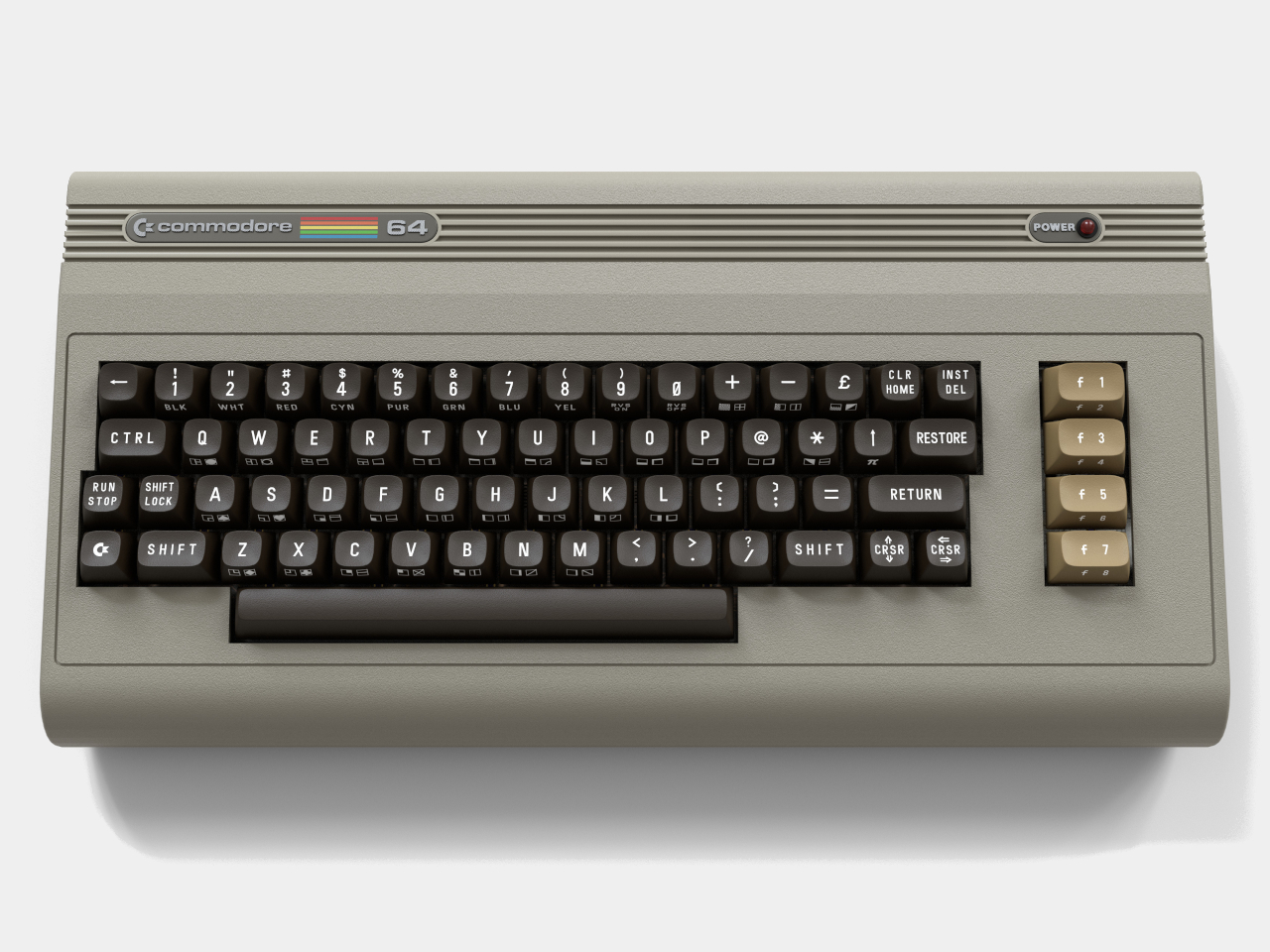
The BASIC Beige edition is probably what most people picture when they think of a faithful C64 recreation. It sports that familiar cream-colored plastic case that screams 1980s home computing, complete with a proper mechanical keyboard that delivers the same tactile satisfaction as the original. Of course, underneath that nostalgic exterior, you’ll find modern conveniences like HDMI output and USB ports, so you won’t have to hunt down vintage monitors or deal with finicky RF connections.
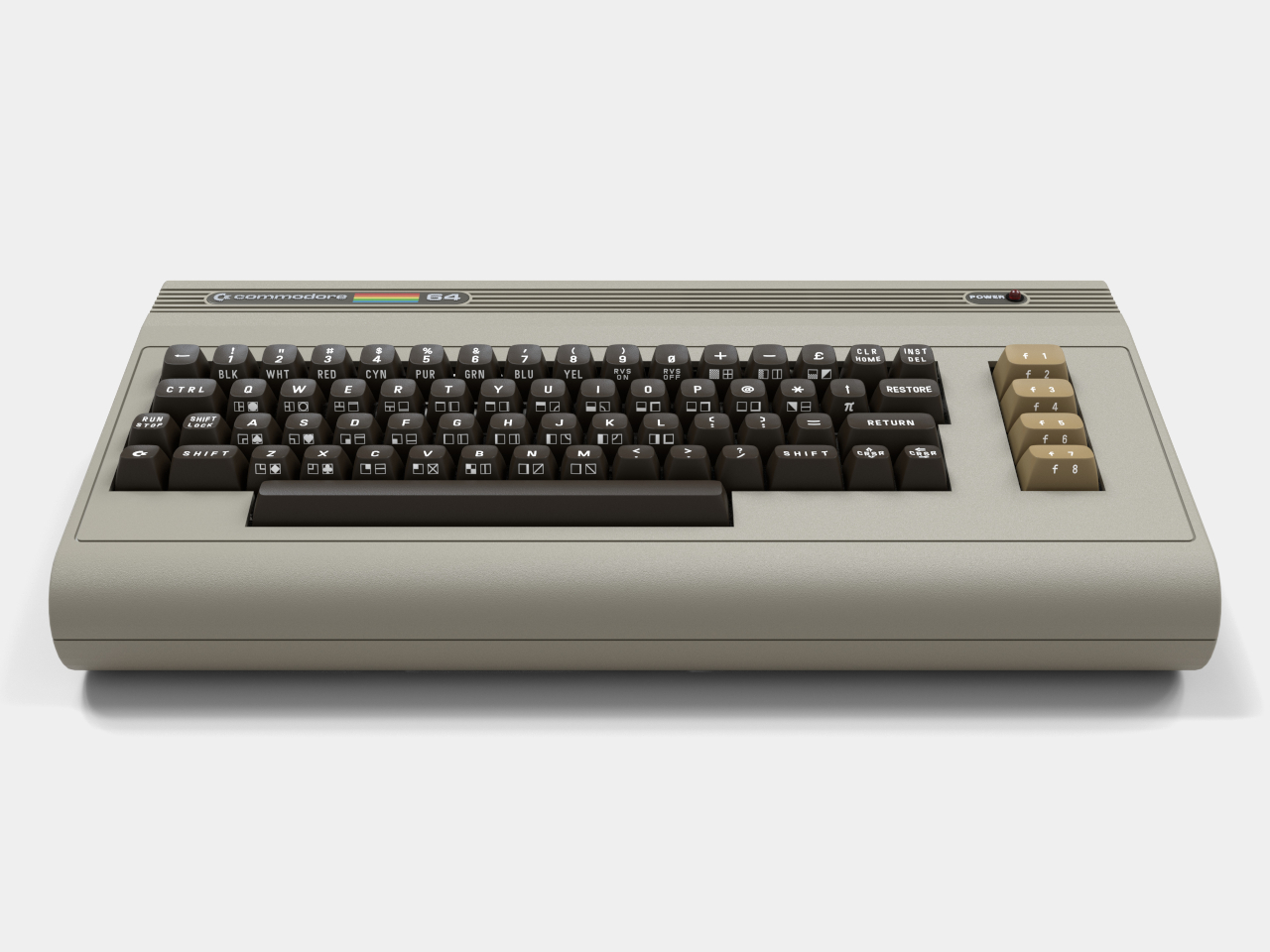
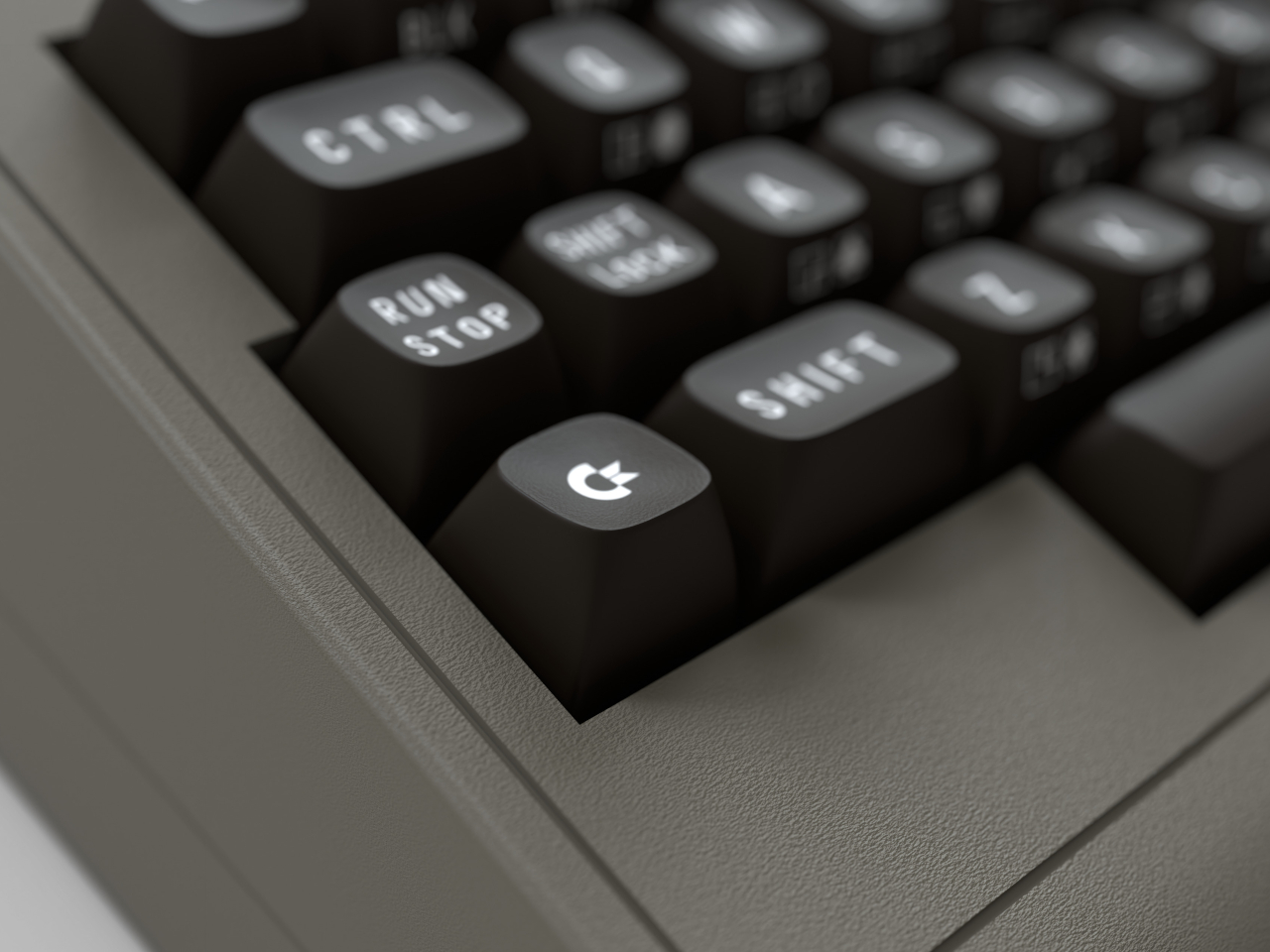
Then there’s the Starlight Edition, which takes the retro concept in a completely different direction. This version features a translucent case packed with sound-reactive LEDs that pulse and change colors based on whatever game or music you’re playing. The effect is pretty spectacular, especially when you consider they’ve also created the world’s first translucent mechanical keyboard PCB, allowing the internal lighting to shine through each key as you type.
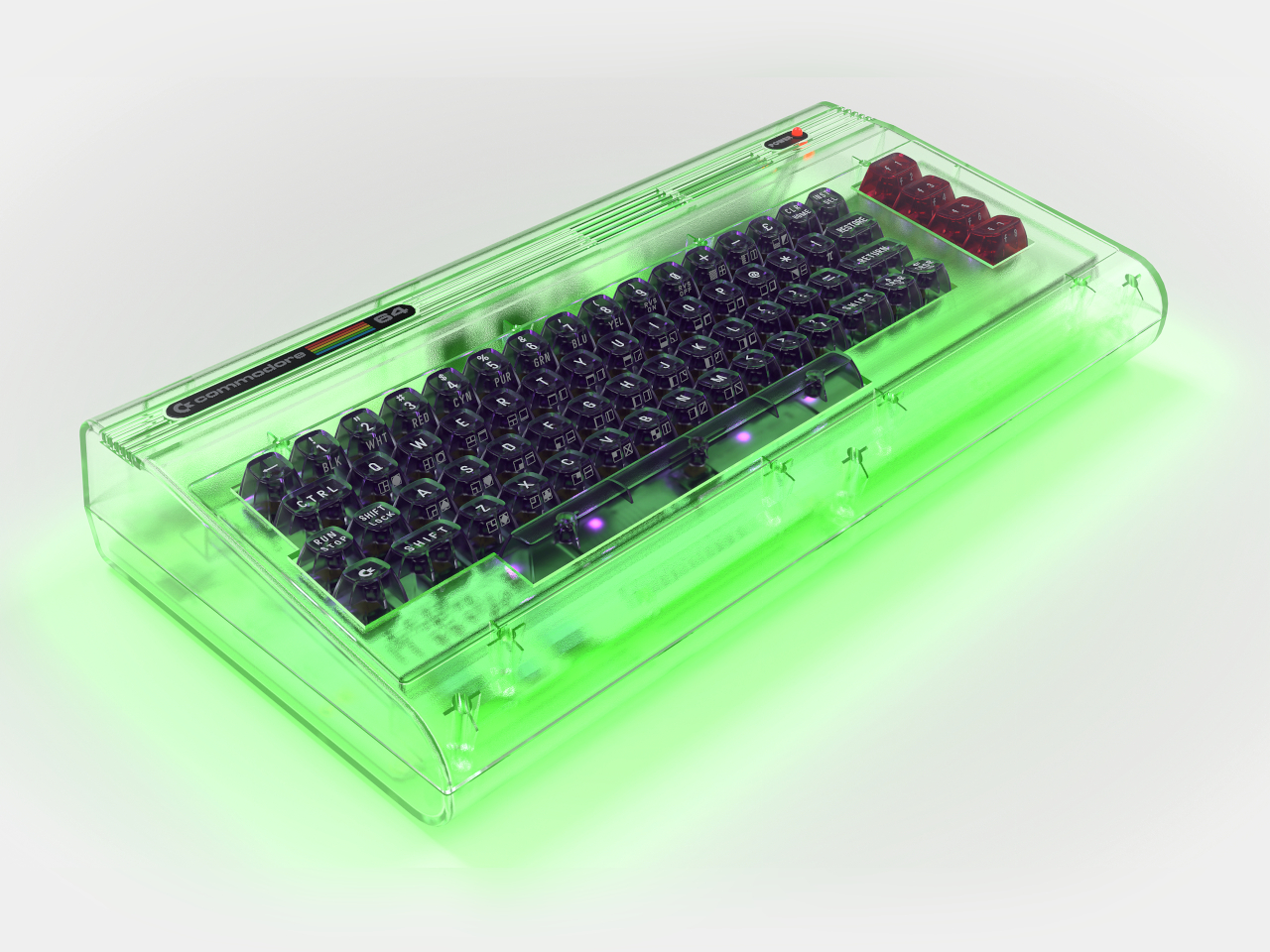
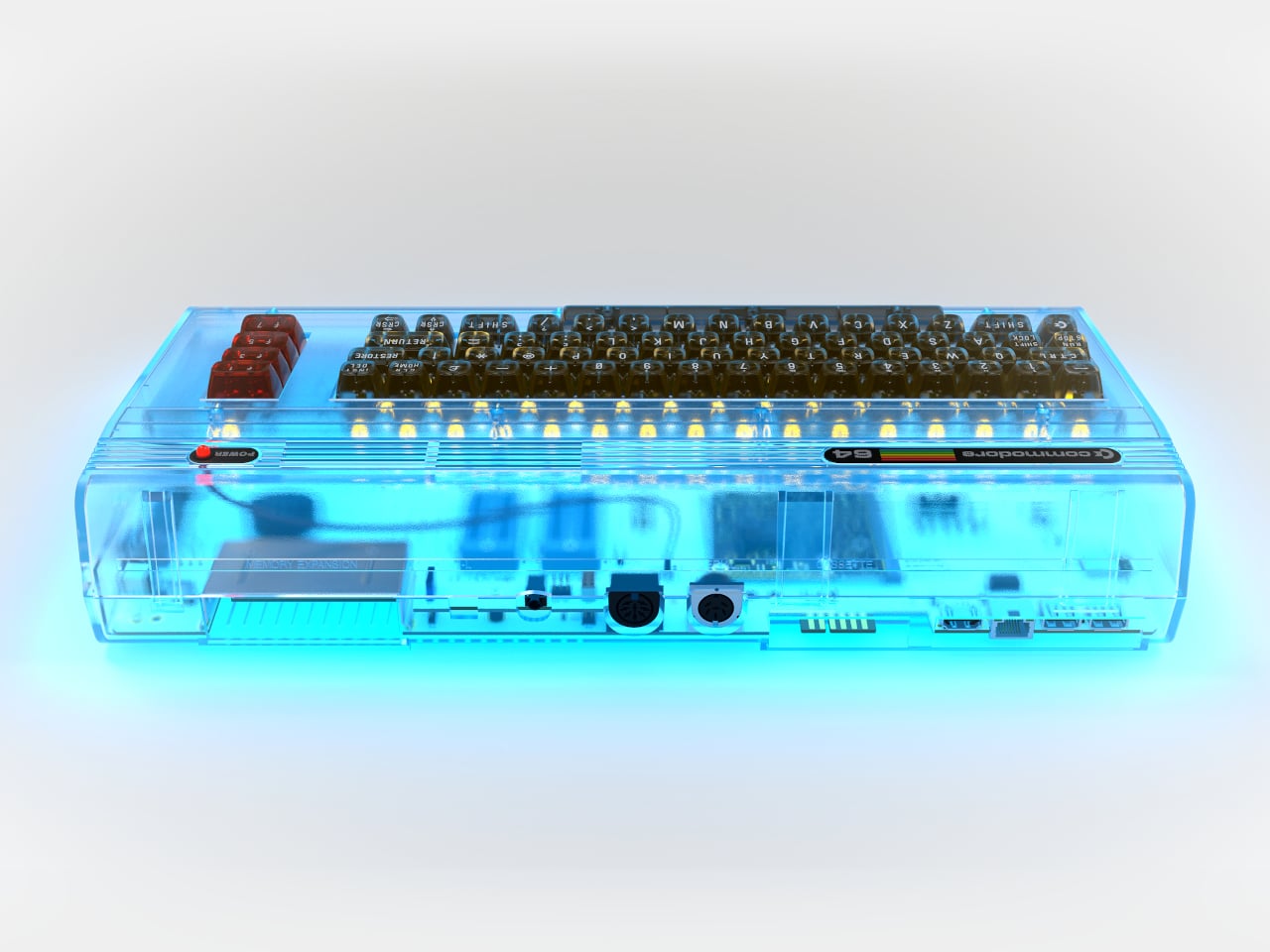
The real showstopper, however, is the Founders Edition, which is limited to just 6,400 units. This golden beauty takes inspiration from the legendary millionth C64 that Commodore produced back in the day, featuring a translucent amber case that gives off a warm, premium glow. The attention to detail here is impressive, with 24k gold-plated badges, satin gold keycaps, and a comprehensive collector’s package that includes everything from a commemorative certificate to an exclusive t-shirt and even a gold dog tag necklace.
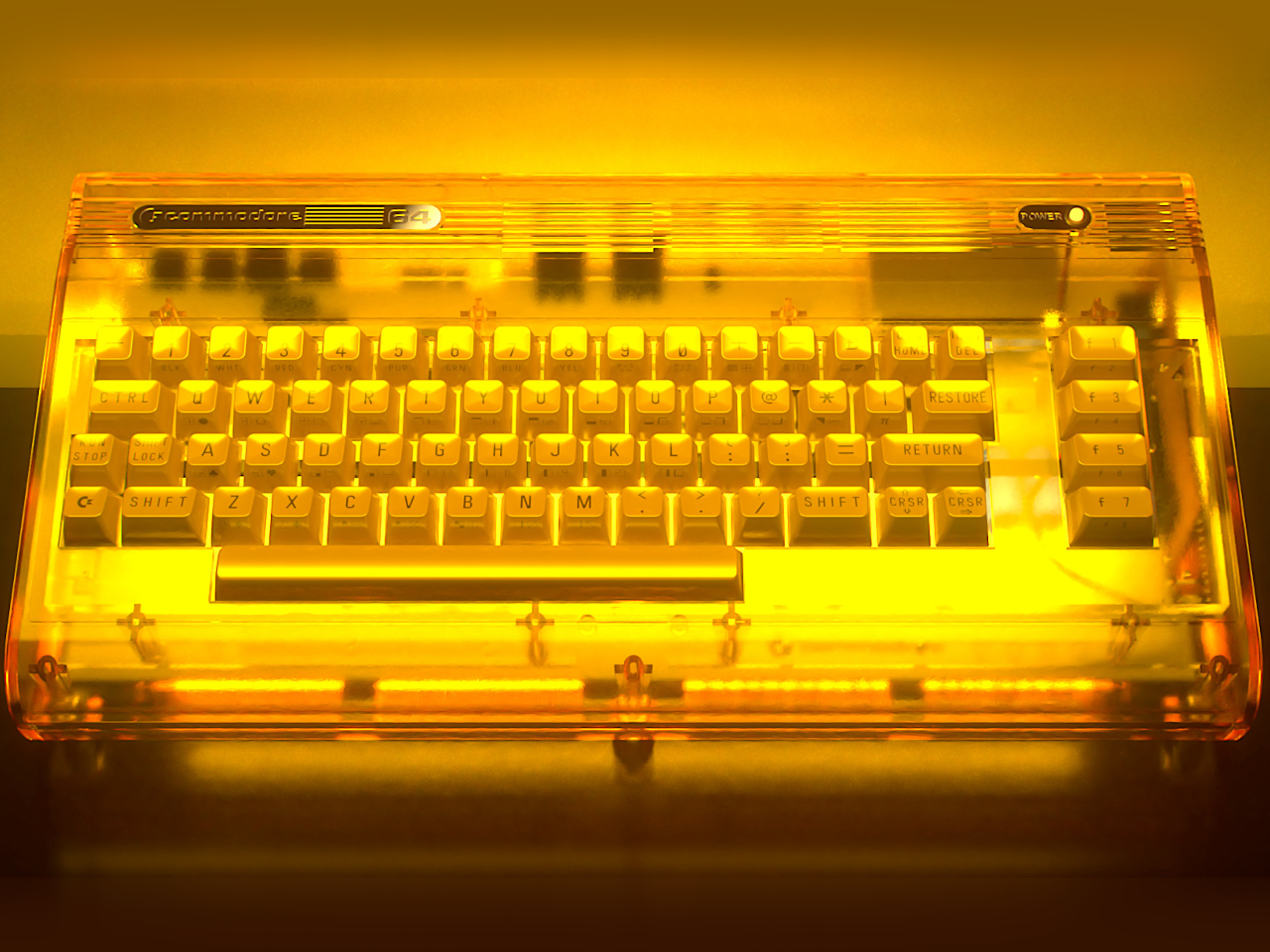
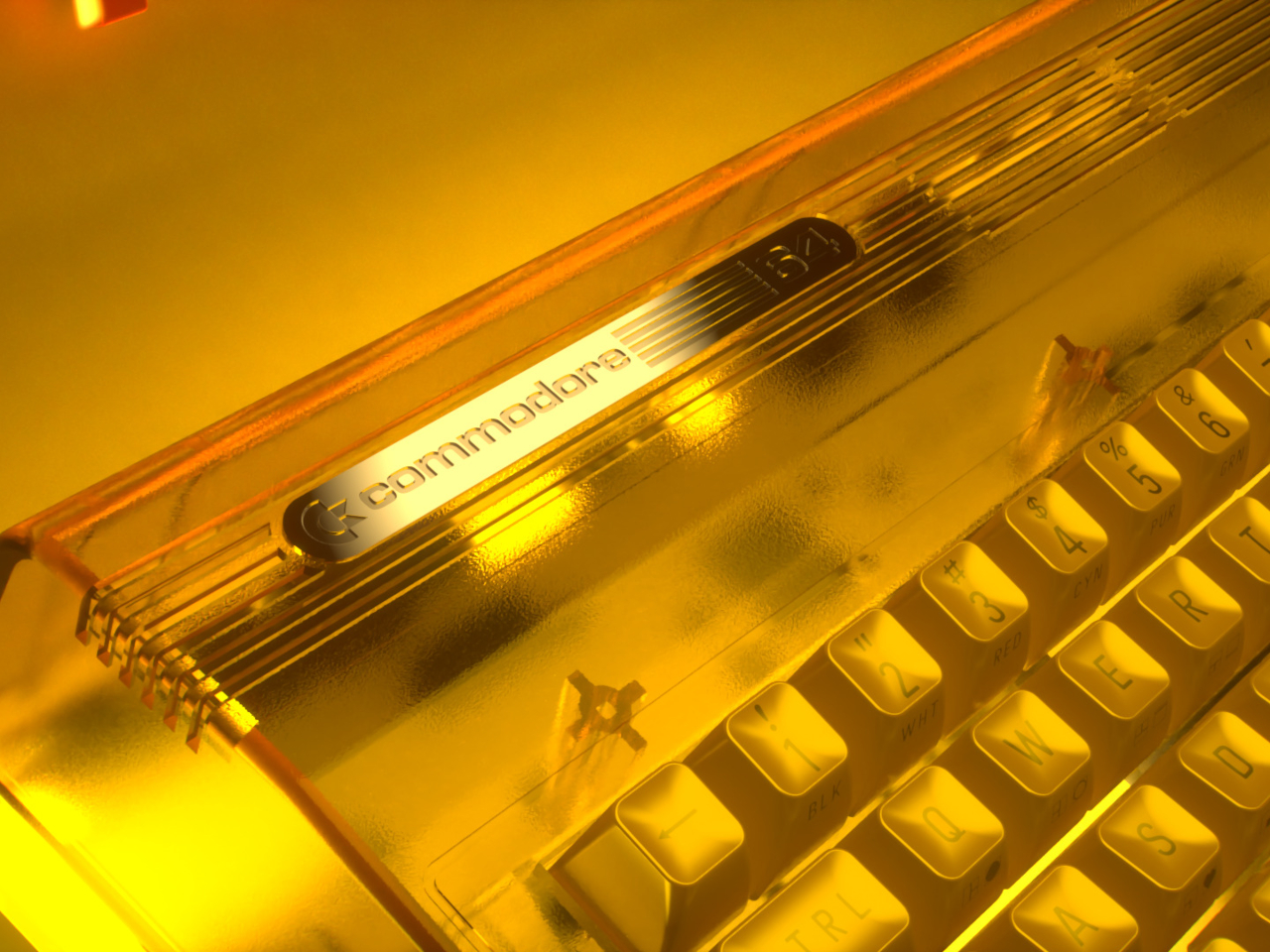
All three editions share the same modernized guts, which means you get contemporary features like SD card slots for easy game loading, Ethernet connectivity, and compatibility with both vintage peripherals and modern accessories. The mechanical keyboards across all versions aren’t just for show either, they’re fully functional and maintain compatibility with original C64 software, so these aren’t just expensive display pieces gathering dust on your shelf.

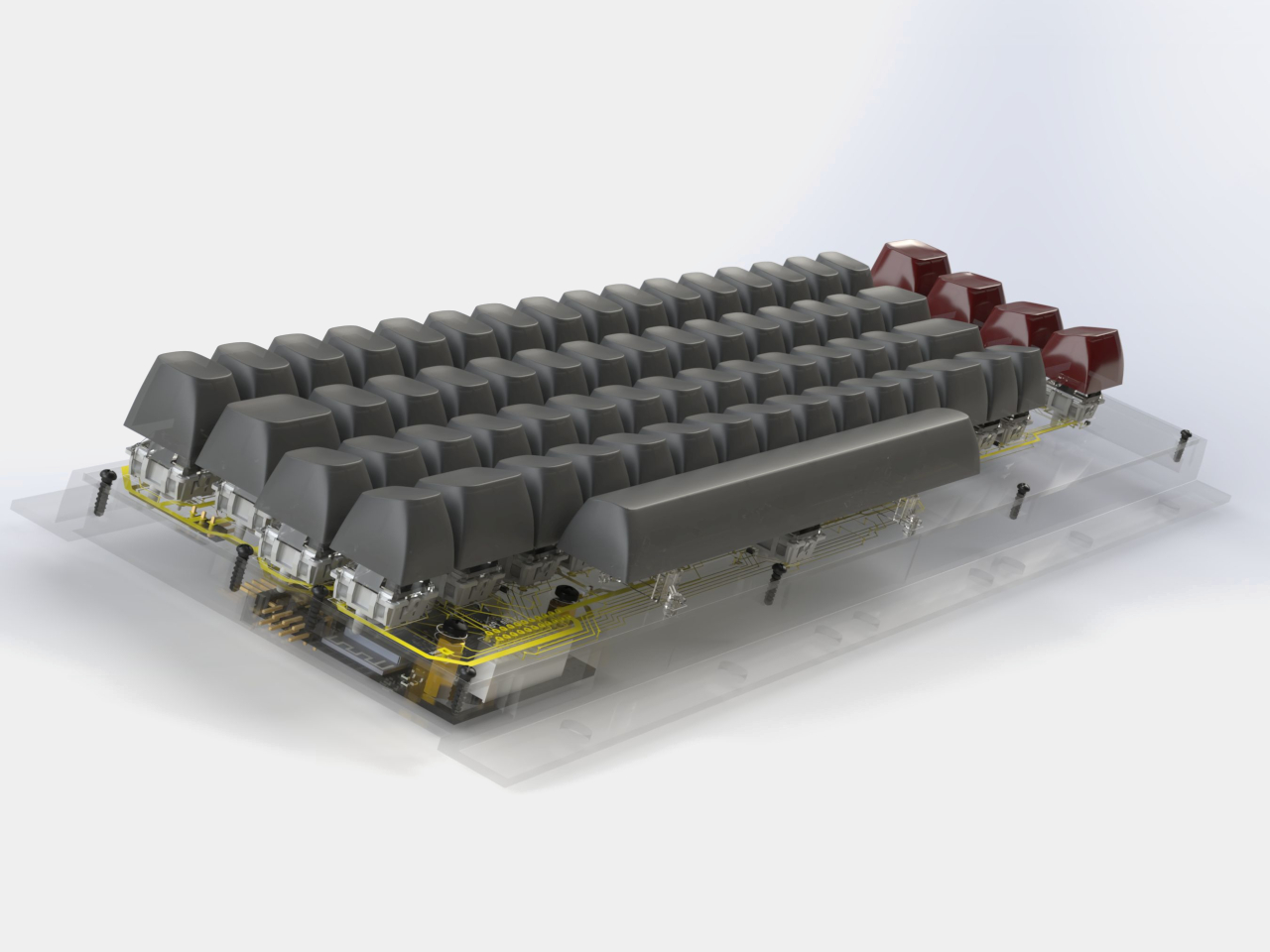
What’s particularly clever about this approach is how it taps into the growing trend of technostalgia without falling into the trap of being purely decorative. Sure, these computers look fantastic sitting on your desk, but they’re also genuinely useful for anyone interested in retro computing, programming, or just experiencing what home computing felt like before everything moved to touchscreens and cloud services.
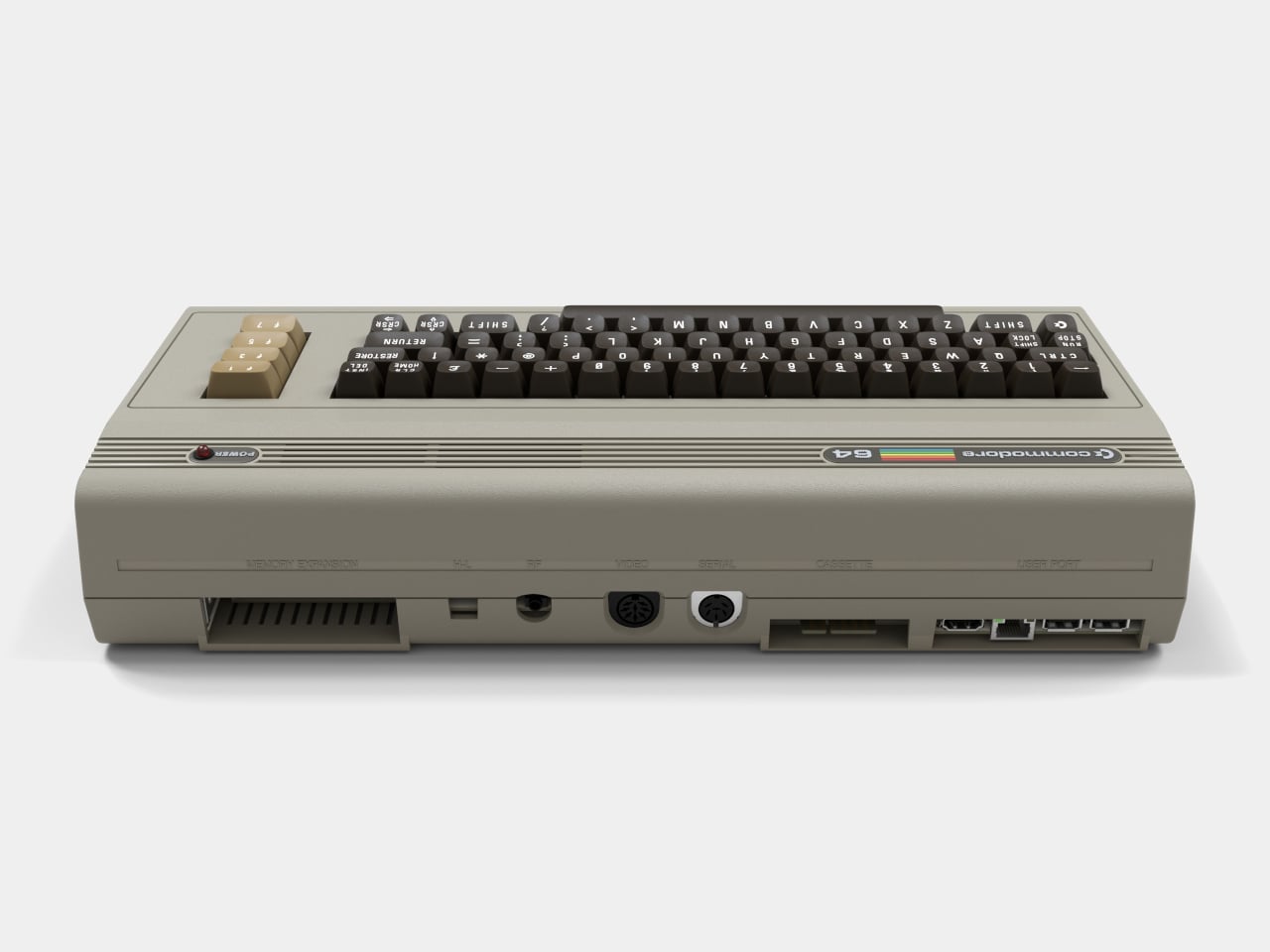
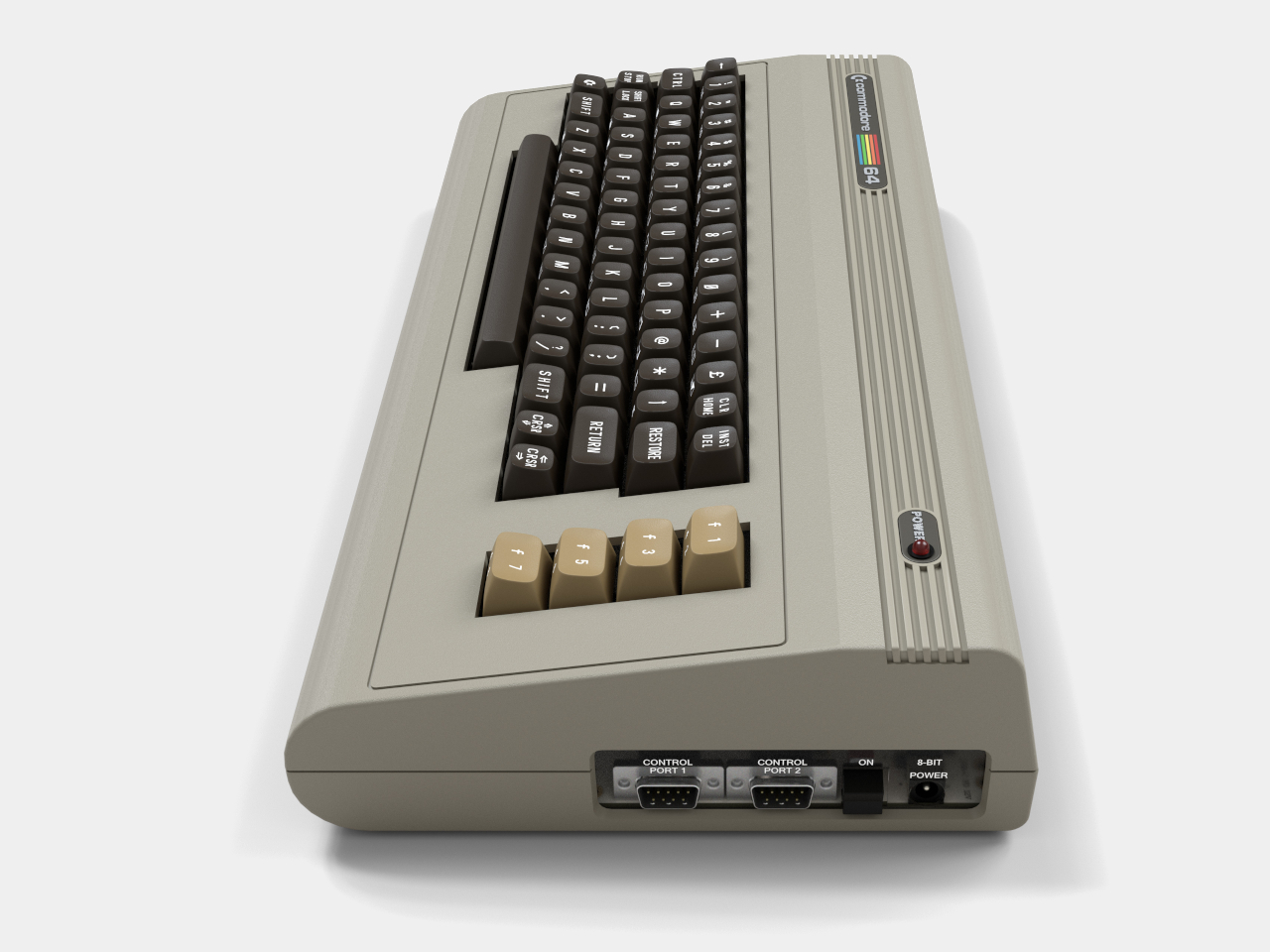
That said, you’ll need to be prepared for some compromises. The limited production runs mean these won’t be cheap, and the Founders Edition in particular is clearly aimed at serious collectors rather than casual users. The translucent cases and LED lighting, while visually striking, might not appeal to everyone’s aesthetic preferences either.
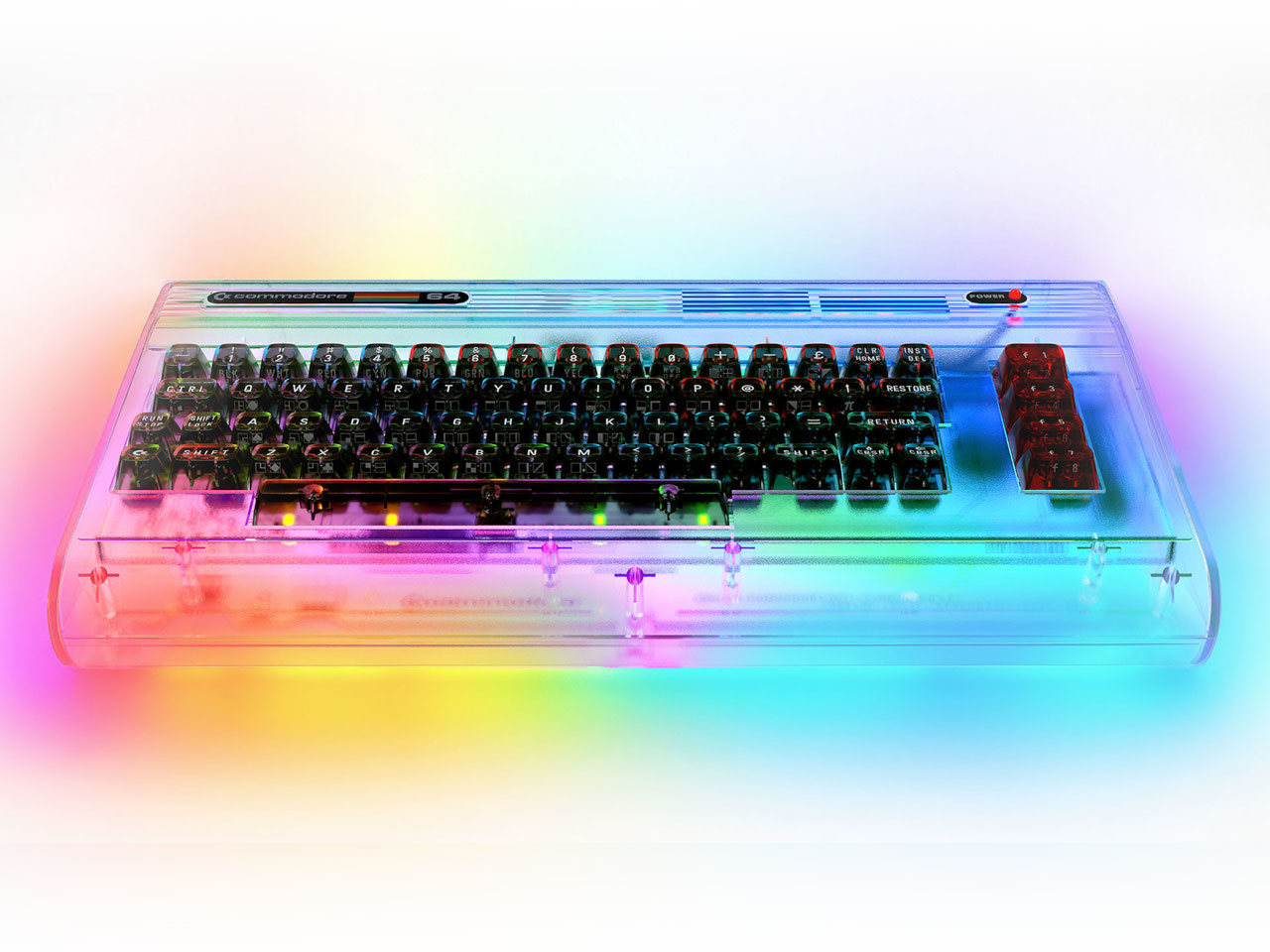
The Commodore 64 Ultimate series succeeds because it understands that good retro design isn’t just about copying old aesthetics. Instead, it takes the best parts of the original experience, the tactile keyboard, the distinctive case design, the immediate boot-up satisfaction, and combines them with modern reliability and connectivity. The result is something that feels both familiar and fresh, proving that sometimes the best way forward is to take a thoughtful look backward.
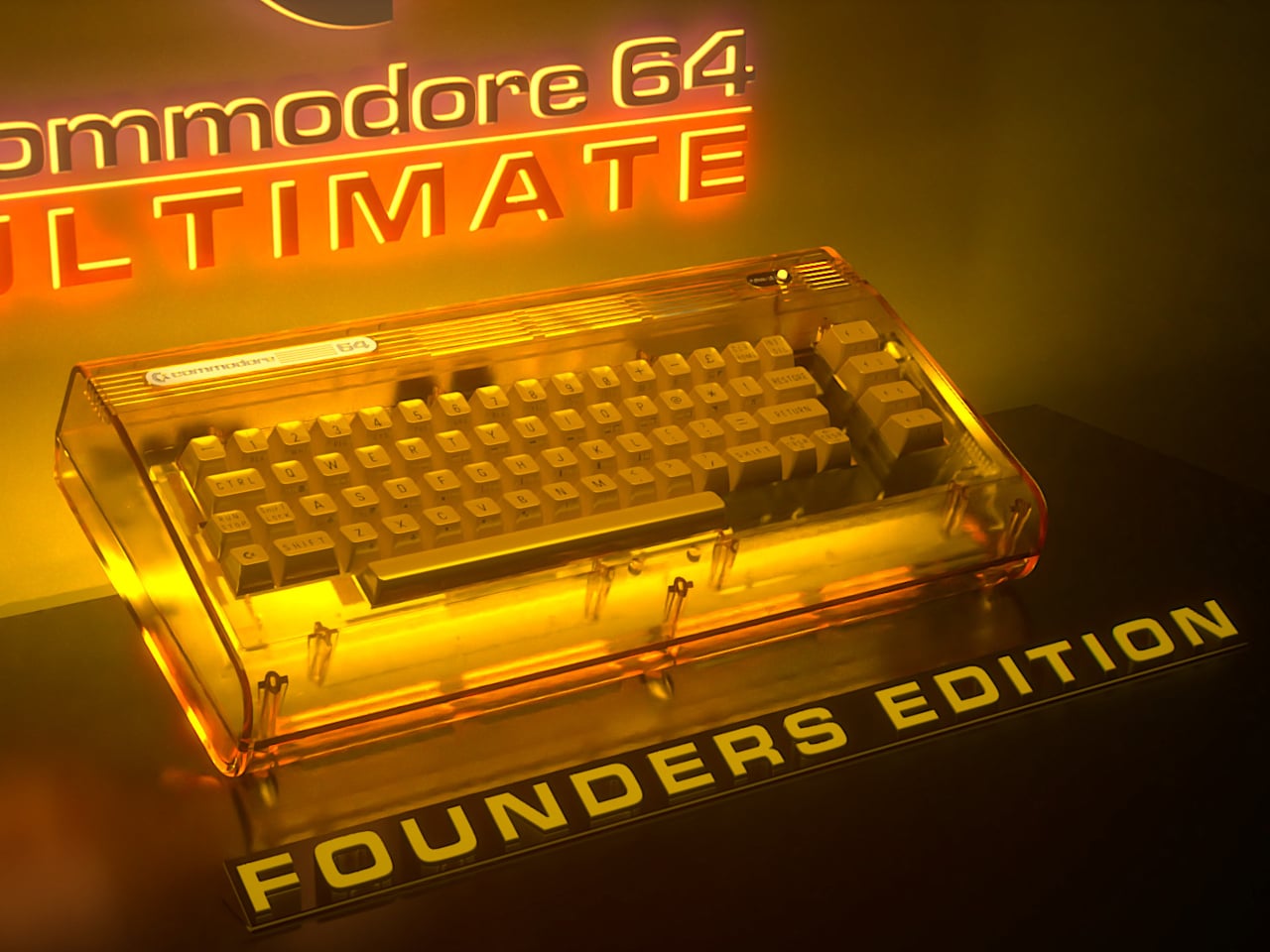
The post Commodore 64 Ultimate Returns in Style with Glowing and Gold Editions first appeared on Yanko Design.
NVIDIA

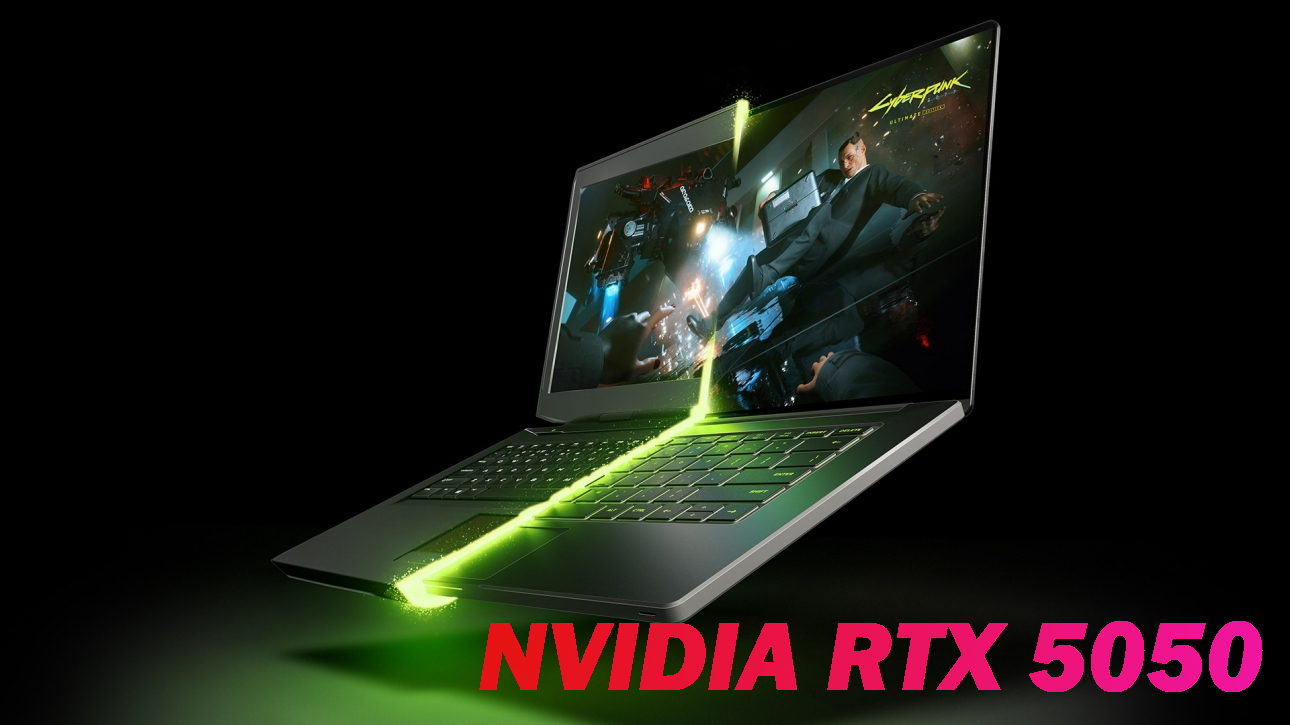
In-hand view of the AMD Ryzen 9 9950X3D

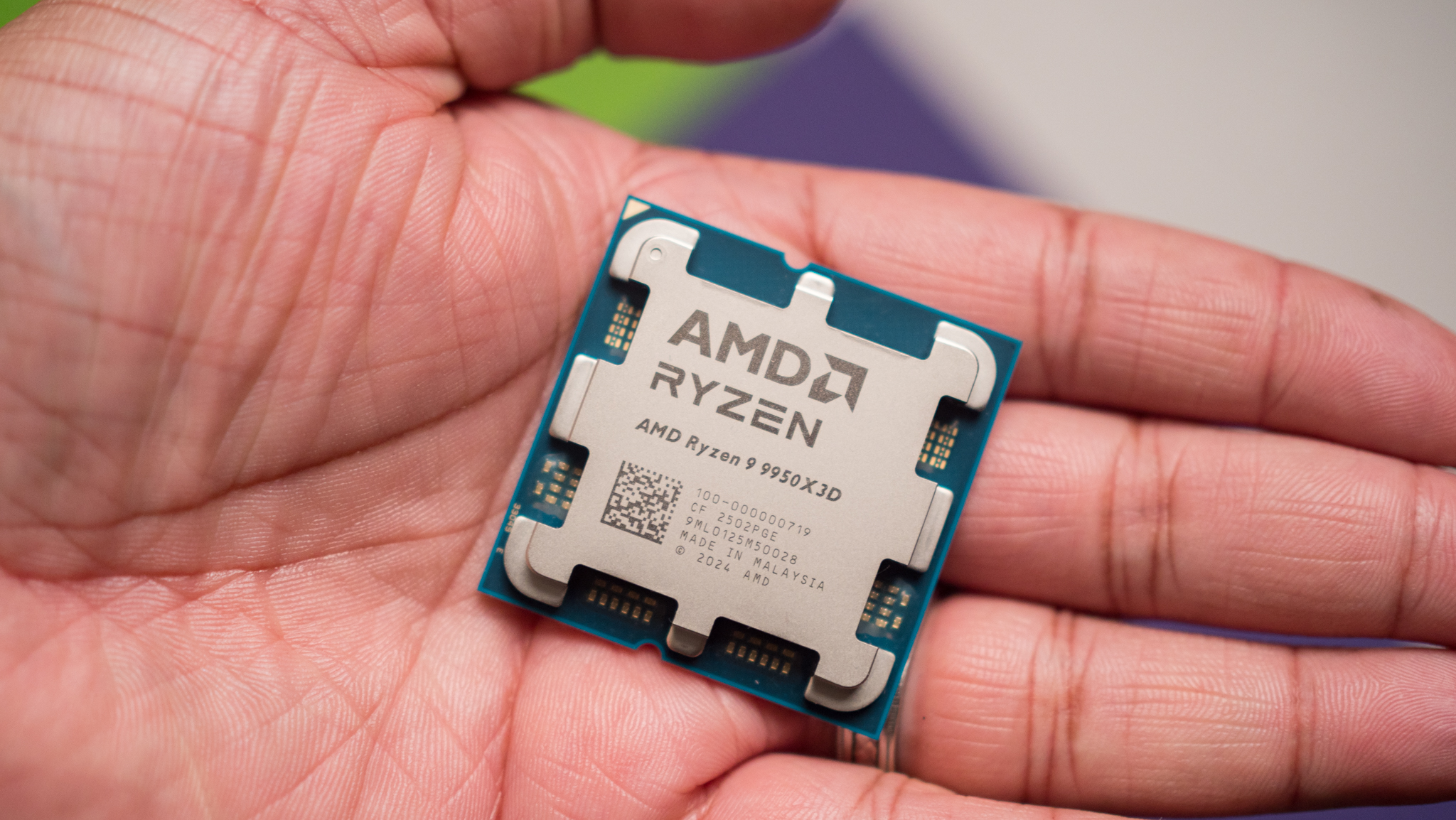
Lenovo Yoga AiO 9i
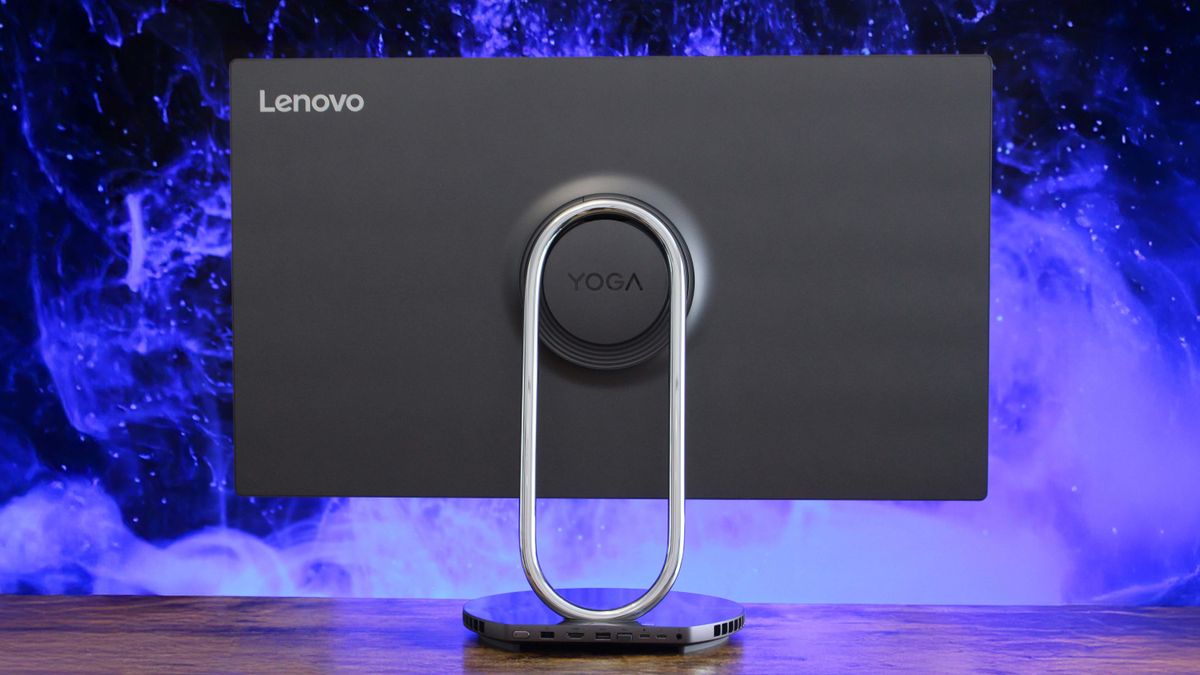
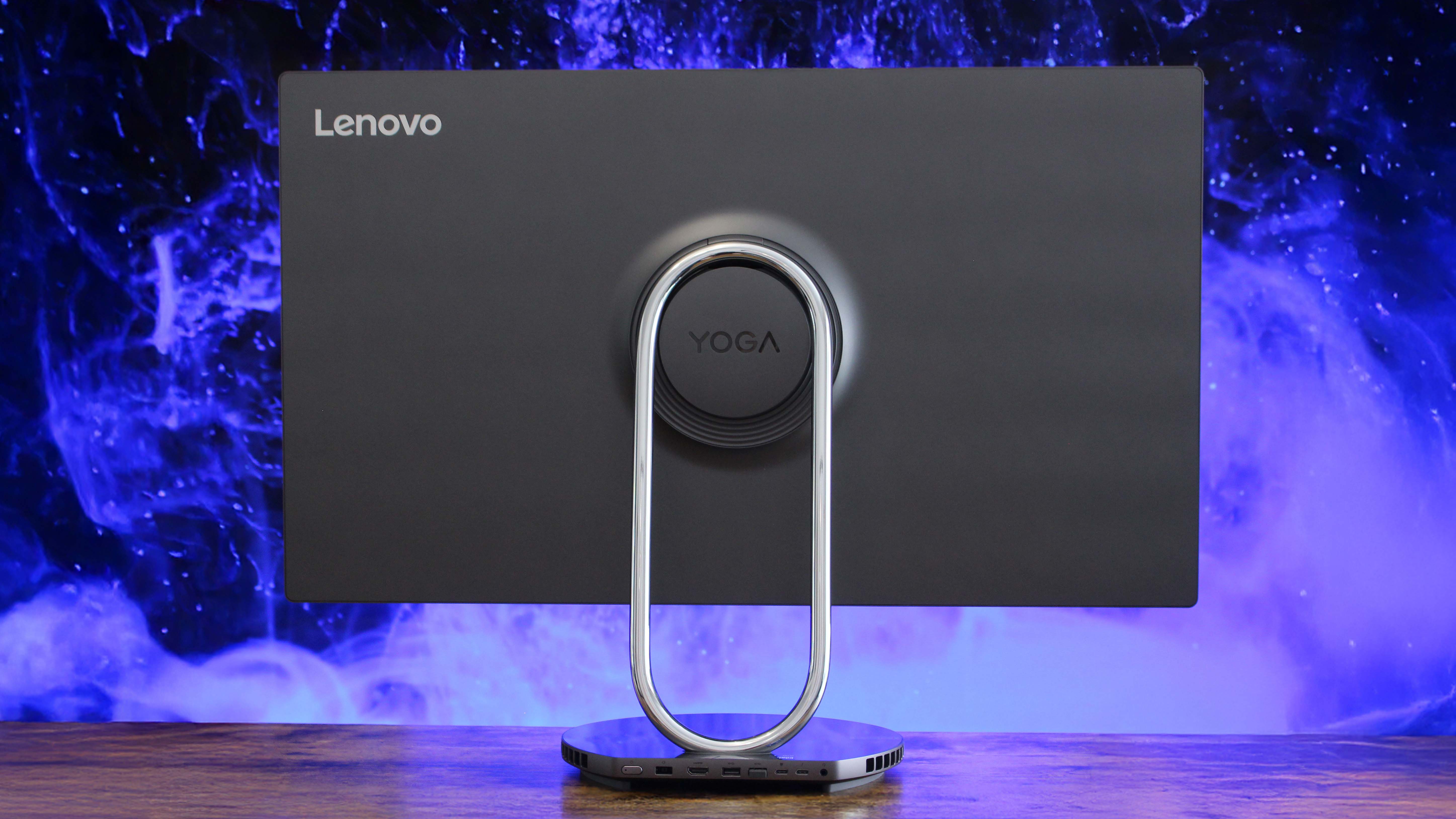
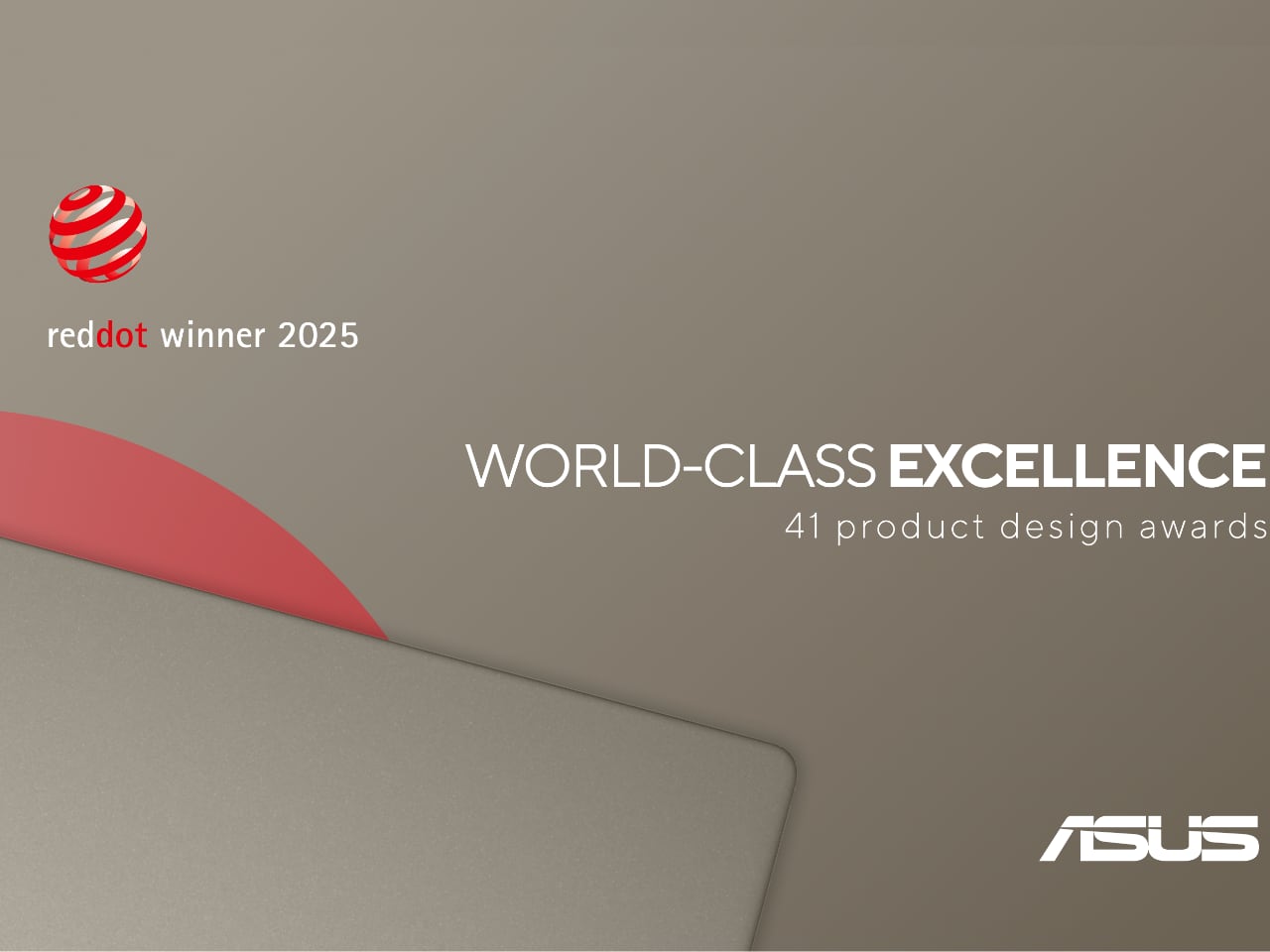
You know something extraordinary is happening when a single company wins 41 Red Dot Design Awards across five completely different categories in one year. ASUS didn’t just collect these awards like trading cards; they earned recognition from 43 international design experts for solving real problems across smartphones, laptops, displays, and even backpacks. The Zenfone 12 Ultra alone would have made headlines with its gimbal-stabilized camera that turns shaky vacation videos into smooth cinematic footage. But that’s just the beginning of this story. We’re talking about gaming phones that survive military testing while looking sophisticated enough for boardrooms, OLED monitors calibrated specifically for photographers who can’t afford color shifts, and mini PCs powerful enough to replace full towers yet small enough to hide behind your monitor. The real question isn’t how ASUS won so many awards, but rather how they managed to excel in categories where specialized companies usually dominate. How does the same company that makes RGB gaming keyboards also create color-accurate displays that professional photographers trust?
Designer: ASUS
The smartphone wins perfectly demonstrate ASUS’s understanding that different users need fundamentally different devices. Take the Zenfone 12 Ultra, which tackles the universal problem of shaky photos and videos with actual hardware rather than just software tricks. Its 6-Axis Hybrid Gimbal Stabilizer 4.0 sounds like technical overkill until you see the results. Walking videos that normally resemble earthquake footage suddenly become smooth, tracking shots. Low-light photos that would require a tripod become possible handheld. The 50MP Sony Lytia 700 sensor benefits from this stability in ways that go beyond specs, paired with a 32MP telephoto offering 3x optical zoom and a 13MP ultrawide for versatility. ASUS wrapped this technology in a 220g body featuring 100% recycled aluminum and silky matte glass that actually resists fingerprints, addressing another daily annoyance we’ve all accepted as inevitable.
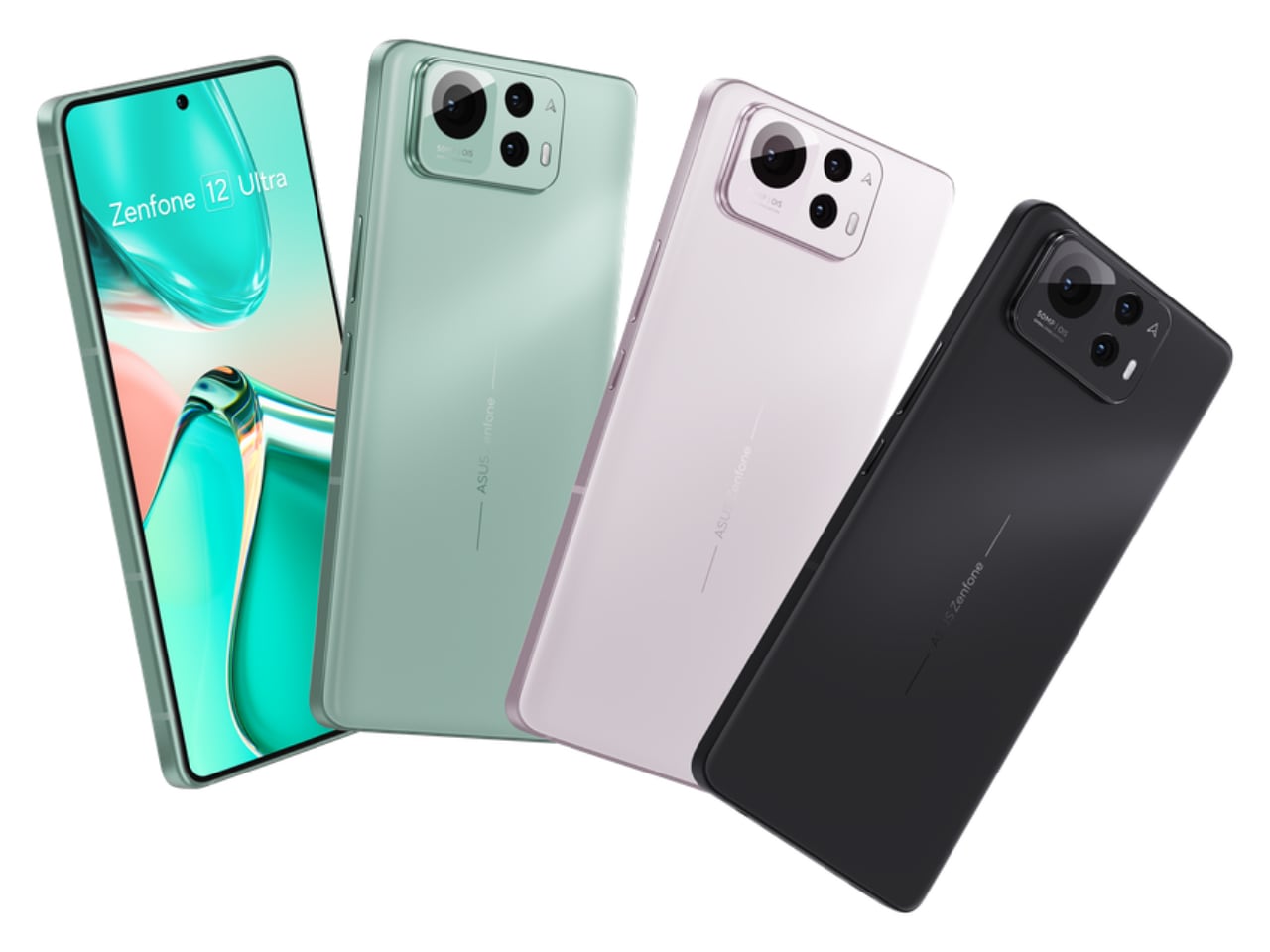
The ROG Phone 9 and ROG Phone 9 Pro approach mobile design from a completely different angle, prioritizing gaming performance without sacrificing daily usability. Both models feature IP68 water resistance, which you rarely see in gaming phones because manufacturers assume gamers baby their devices. The 185Hz E6 AMOLED display with 720Hz touch sampling delivers response times that competitive mobile gamers need, while 2500 nits peak brightness means you can see the screen outdoors. The Pro model goes further with up to 24GB of RAM and 1TB of storage, as mobile games are becoming increasingly large. What’s clever here is the integration of Dirac Virtuo spatial sound and Qualcomm aptX Lossless, recognizing that hearing enemy footsteps matters as much as seeing them. The 5800mAh battery with 65W charging keeps sessions going, while the customizable AniMe Vision display on the back adds personality without going full RGB circus.

The laptop category reveals that ASUS is solving a problem many professionals face: wanting gaming performance without looking like they’ve brought a spaceship to the office. The TUF Gaming A14 represents their first 14-inch gaming laptop, and at 1.46 kg, it fits in a standard laptop bag. Running AMD Ryzen AI 9 HX 370 processors with RTX 4060 graphics, this machine delivers legitimate gaming performance through a 165Hz QHD+ (2560×1600) display that’s sharp enough for spreadsheets and fast enough for shooters. The military-grade durability means it survives daily commutes, addressing the reality that gaming laptops need to handle more than just desk duty.
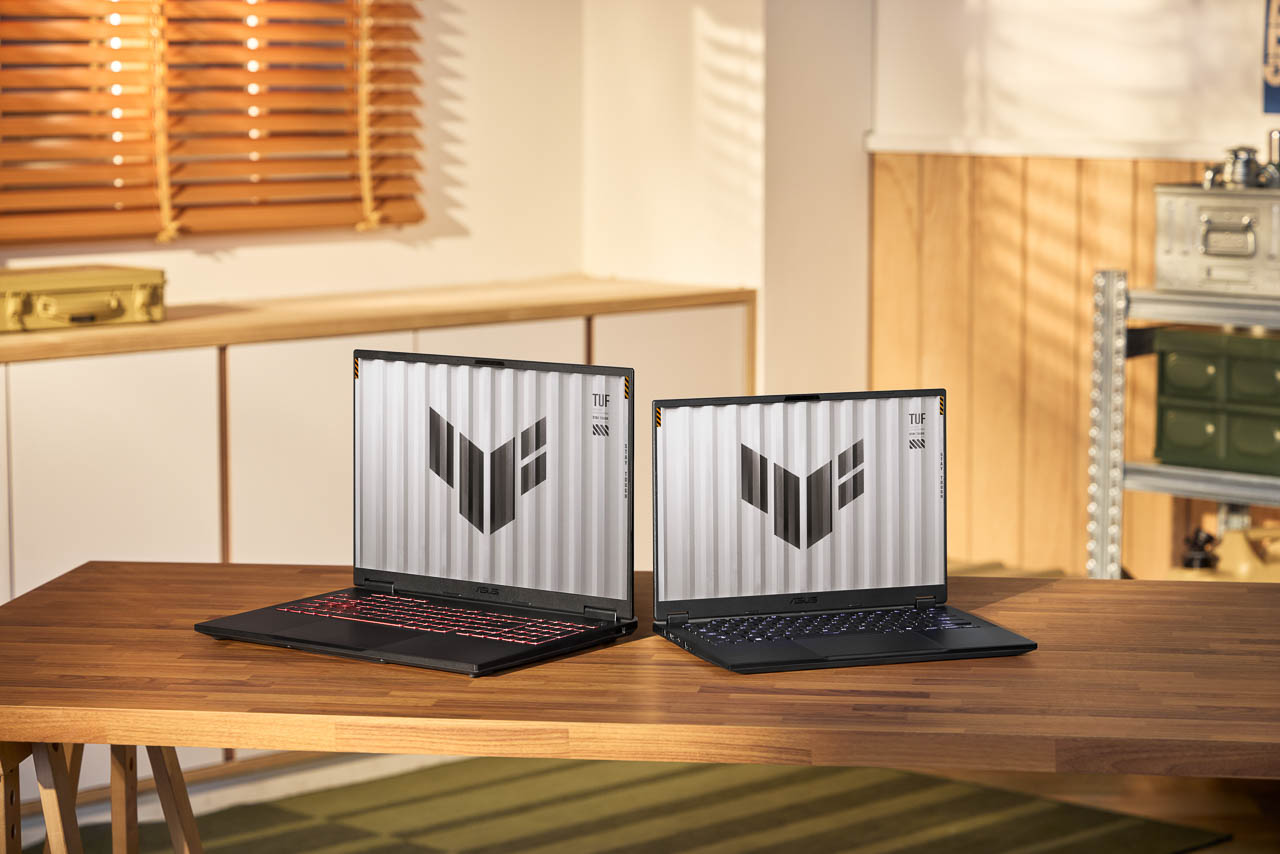
The ROG FLOW Z13 takes versatility to extremes as a 2-in-1 gaming tablet that sounds impossible until you use it. The 13.4-inch 2560×1600 touchscreen runs at 180Hz, powered by AMD Ryzen AI Max+ 395 processors with up to 128GB RAM. At $2,099, it’s not cheap, but it replaces multiple devices. Use it as a tablet for digital art, prop it up for gaming sessions, or connect an external GPU for desktop performance when needed. The form factor solves real problems for creators who game and gamers who create, eliminating the need to choose between specialized devices.

Meanwhile, the ROG Strix Scar 16 and 18 embrace traditional gaming laptop design but elevate it with ROG Nebula HDR Display technology. These machines pack Intel Core Ultra 9 275HX processors and up to RTX 5090 Laptop GPUs, delivering 2.5K resolution at 240Hz through Mini LED backlighting. The tool-less upgrade design acknowledges that gamers want to upgrade components over time, while up to 64GB DDR5 RAM ensures these laptops won’t become obsolete next year.
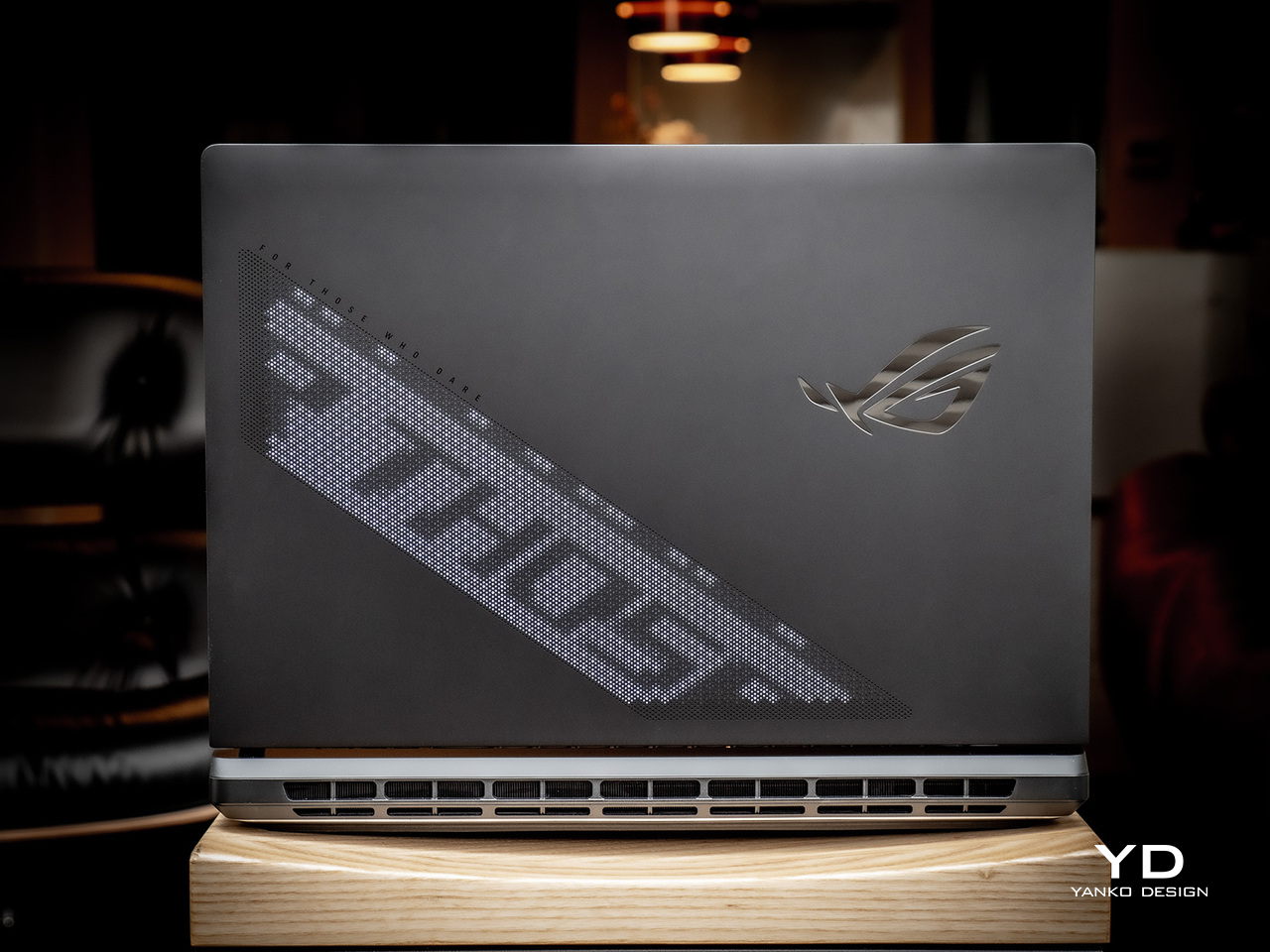
ASUS’s consumer laptop wins show they’re paying attention to how people use computers. The Vivobook 14 and 16 Flip models embrace the 2-in-1 concept with 360-degree hinges and OLED touchscreens, powered by Intel Core Ultra 7 processors. At 1.69cm thick and 1.5kg, these machines prove that convertibles don’t need to be chunky. The Vivobook Classic Series strips away gimmicks to focus on reliability and value, while the ASUS V16 provides 16-inch productivity without the bulk typically associated with larger screens.

ASUS Vivobook Pro 15
The Zenbook S 14 and S 16 represent ASUS’s premium ultrabook vision, featuring Intel Core Ultra processors with Copilot+ PC capabilities. These machines balance performance with portability, using premium materials and finishes that justify their positioning. But the real standout is the Zenbook A14, which earned recognition as the world’s lightest 14-inch Copilot+ PC at just 2.18 pounds. Powered by Qualcomm Snapdragon X processors, it delivers up to 32 hours of battery life thanks to ARM efficiency. The 14-inch OLED display (1920×1200) with 100% DCI-P3 coverage provides color accuracy typically reserved for much more expensive machines, while the Ceraluminum construction creates a premium feel in the $899-$1,099 range.
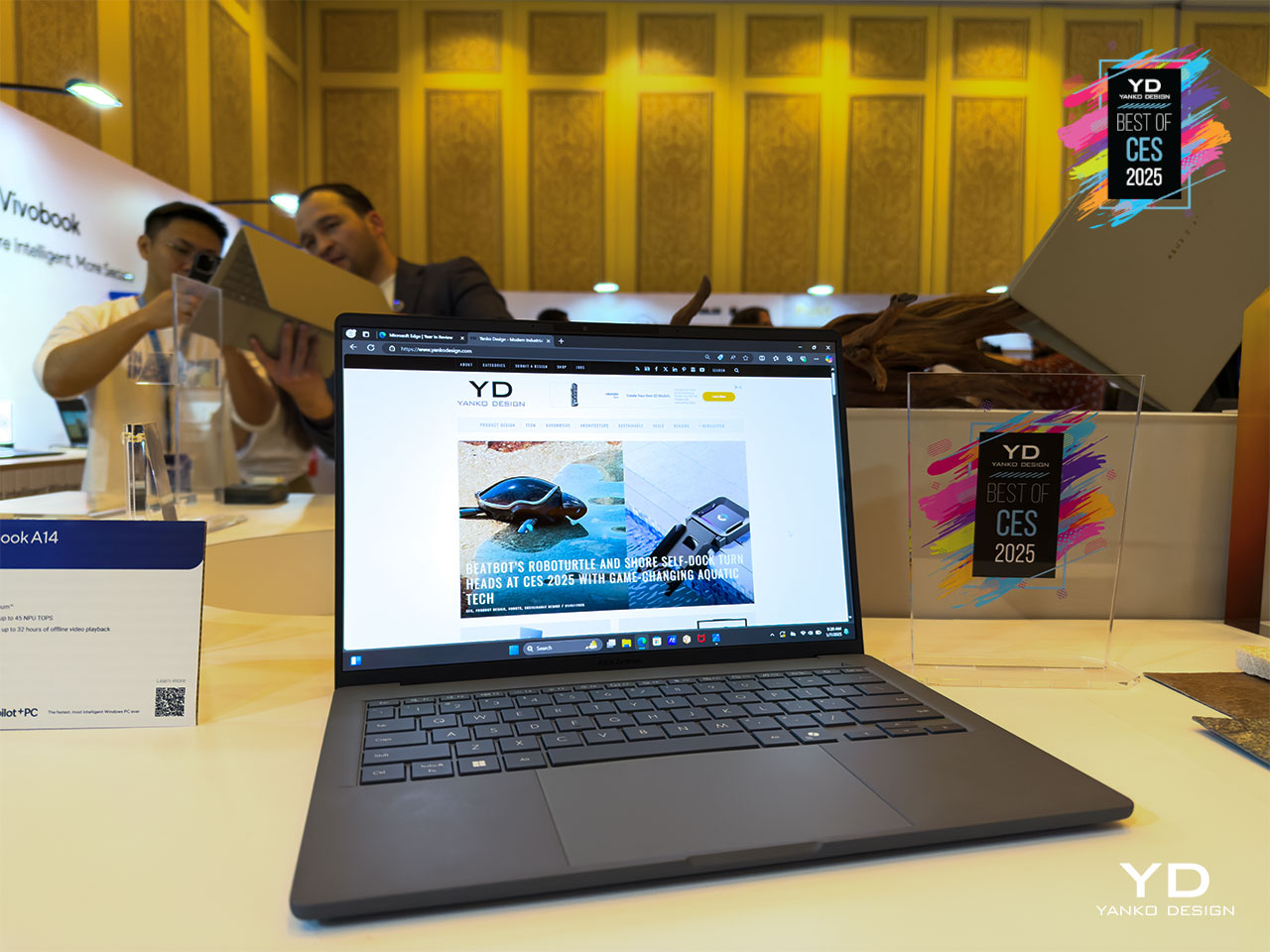
The commercial wins reveal ASUS’s understanding of what IT departments and business users need. The ExpertBook P5 represents their flagship business machine, powered by Intel Core Ultra processors (Series 2) with up to 120 total platform TOPS of AI performance. Weighing just 1.29 kg, it packs a 2.5K 144Hz anti-glare display and offers up to 28 hours of battery life. The inclusion of ASUS AI ExpertMeet provides intelligent noise cancellation and real-time transcription with on-device processing, addressing privacy concerns while adding genuine utility for remote workers.

The ExpertBook B3 takes a different approach with its 16-inch display and connectivity focus. At 1.78kg, it includes features business users request: optional 5G LTE, Wi-Fi 6E, dual Thunderbolt 4 ports, and smart card readers. The 85% screen-to-body ratio maximizes working space, while MIL-STD-810H durability testing ensures it survives the reality of business travel and daily office use.

The desktop category spans from space-saving all-in-ones to gaming powerhouses. The AiO VM6 Series and ExpertCenter AiO P4 series represent ASUS’s approach to integrated computing, ideal for reception areas, home offices, or anywhere cable management is a concern. These systems prove that all-in-ones don’t need to compromise on performance or upgradeability.
Gaming desktops are split between the TUF Gaming T5 series, which emphasizes durability and value, and the ROG G7 series, designed for enthusiasts who seek maximum performance with premium aesthetics. These systems recognize that not everyone wants to build their own PC, offering pre-configured options that cater to their target audiences.
Perhaps the most interesting wins come from ASUS’s commitment to mini PCs, a category that most companies abandoned. The ExpertCenter PN54 packs an AMD Ryzen AI 7 350 processor with 45+ NPU TOPS in a 0.5L chassis, complete with six USB ports, dual 2.5G LAN, and Wi-Fi 7. This isn’t a streaming box; it’s a legitimate workstation that happens to fit in the palm of your hand.
The NUC 15 Pro and NUC 15 Pro+ take it a step further with Intel Core Ultra 7/9 processors (Series 2), up to 96GB of DDR5 RAM, and support for four 4K displays simultaneously. The tool-less upgradability means these systems can evolve with your needs, while thoughtful port selection eliminates the dongle mess that plagues other compact systems. What earned recognition was the thermal management that keeps these systems quiet under load, solving the jet engine problem that traditionally plagued small form factor PCs.
ASUS’s monitor wins reveal a deep understanding of different user needs. The ProArt Display PA27UCGE and PA32UCE are designed exclusively for color accuracy, featuring built-in motorized colorimeters and hardware calibration. These displays deliver 98% DCI-P3 coverage with Delta E<1 accuracy at 160Hz refresh rates and 600 nits brightness, specifications that matter to photographers and video editors who can’t afford color shifts between devices.
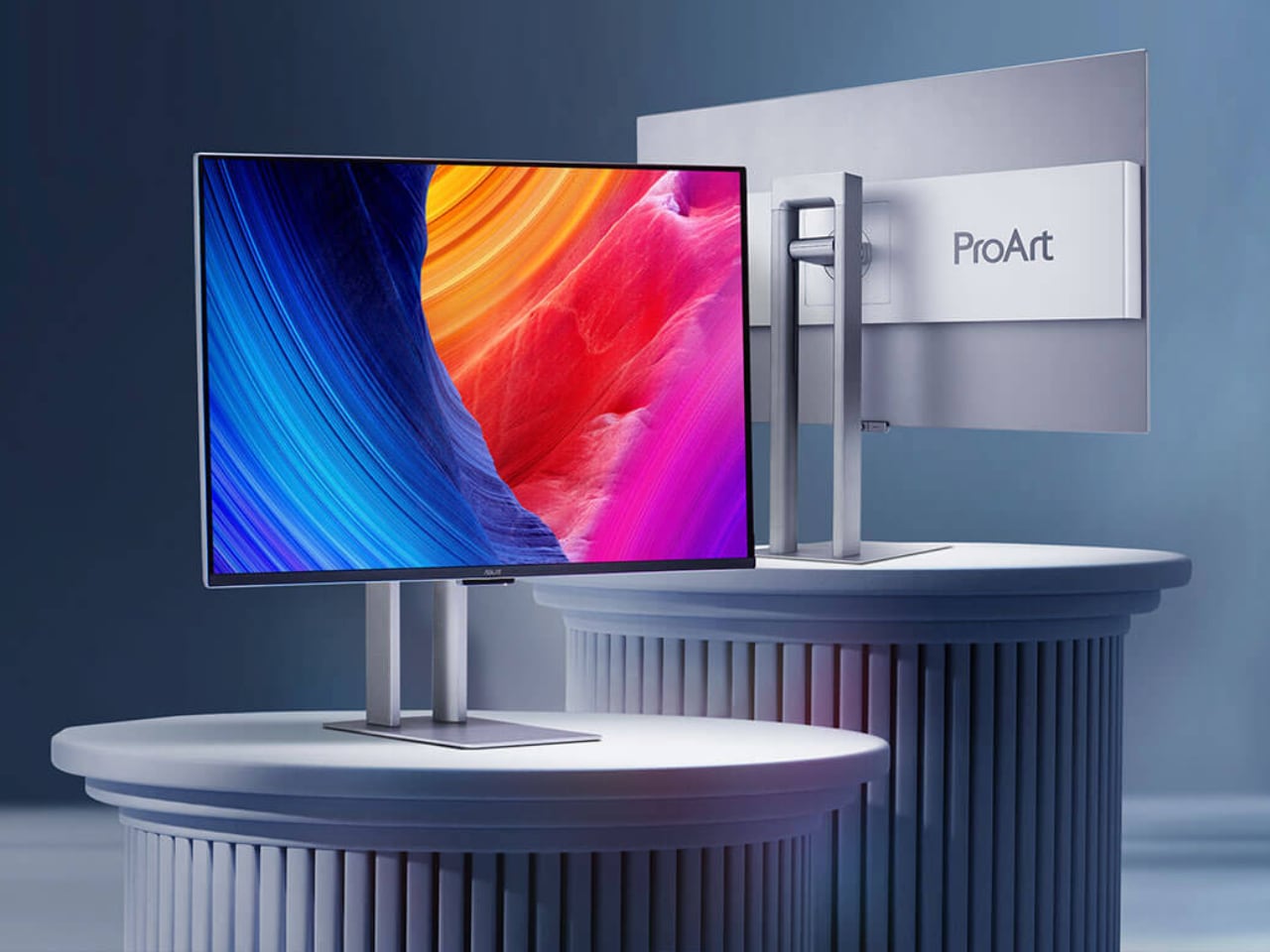
The ProArt Display OLED series brings OLED technology to professional workflows where perfect blacks and infinite contrast translate to better creative decisions. ASUS prioritized burn-in protection and color accuracy over gaming features, showing they understand professional priorities.
Gaming gets serious attention with the ROG Swift OLED series. The PG32UCDM features a 32-inch 4K QD-OLED display with a 240Hz refresh rate and 0.03ms response time, while the PG27AQDP achieves refresh rates of up to 480Hz at 1440p. Custom heatsinks and OLED Care+ features address burn-in concerns, proving ASUS understands the hesitation around OLED for desktop use.
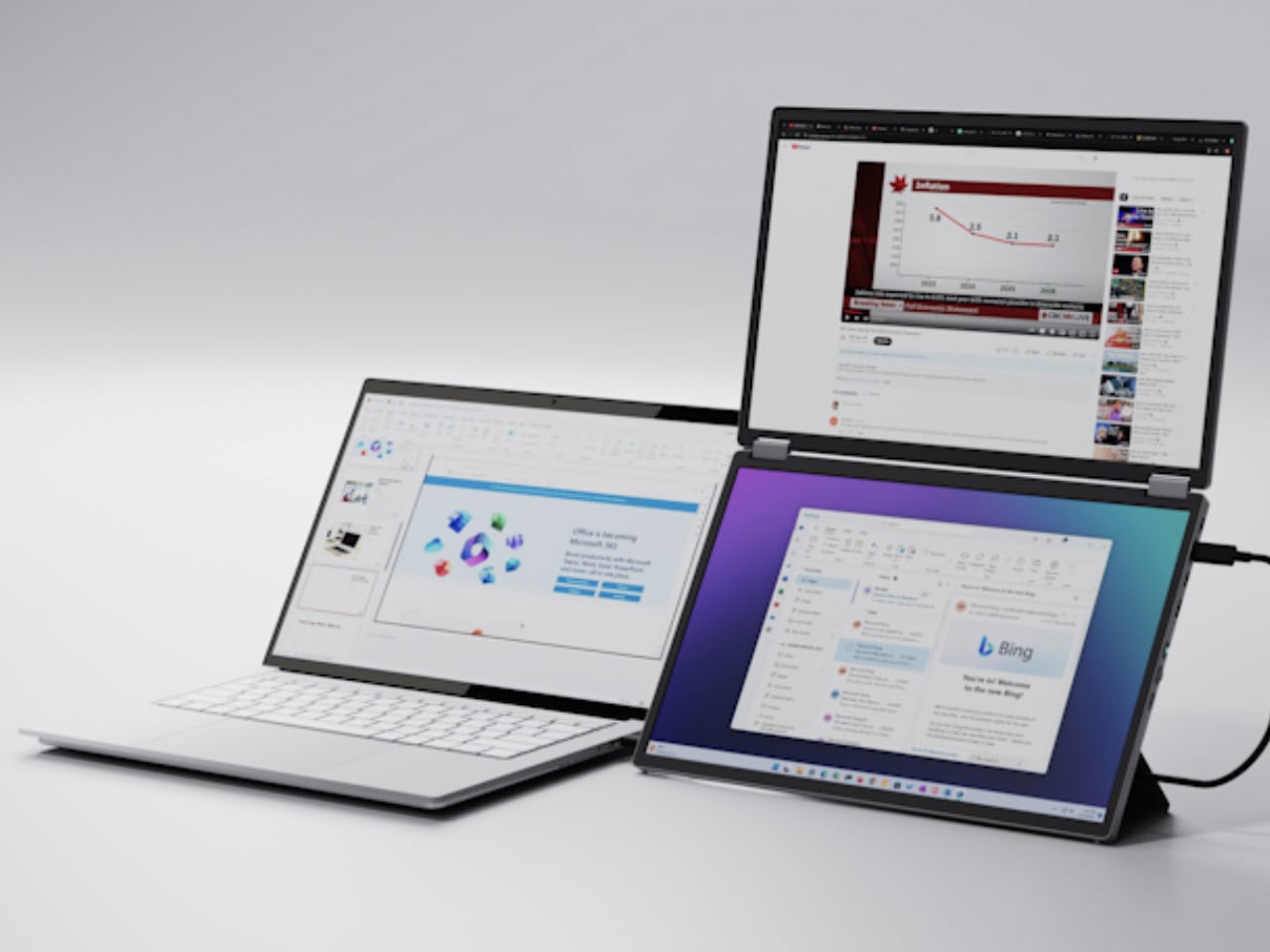
The ZenScreen Duo OLED MQ149CD offers dual portable screens in one device, ideal for presentations where you need to display content while keeping notes private. The ZenScreen Smart MS27UC and MS32UC build smart TV functionality directly into monitors, eliminating streaming device clutter in small spaces.
The GPU wins demonstrate clear market segmentation. The ROG Astral RTX 50 series targets enthusiasts wanting maximum performance with premium cooling solutions. The liquid-cooled ROG Astral LC RTX 50 series pushes further for users prioritizing silence over everything else. Meanwhile, the TUF Gaming RTX 50 series offers military-grade reliability at more accessible price points, demonstrating that durability doesn’t require premium pricing.
The ProArt Z890-CREATOR WIFI motherboard shows ASUS understanding that creators need different features than gamers. Instead of overclocking potential and RGB zones, this board focuses on stability, Thunderbolt connectivity, high-speed storage options, and professional-grade audio interfaces that actually matter for content creation workflows.
The peripheral wins aren’t just about RGB and aggressive styling. The ROG Azoth Extreme earned recognition as a 75% gaming keyboard with a full aluminum alloy chassis, a carbon fiber positioning plate, and an OLED touchscreen that actually serves a purpose for customization. The ROG Harpe Ace Extreme mouse weighs just 47 grams thanks to carbon fiber construction, while packing a 42,000-dpi ROG AimPoint Pro optical sensor for users who need that level of precision.
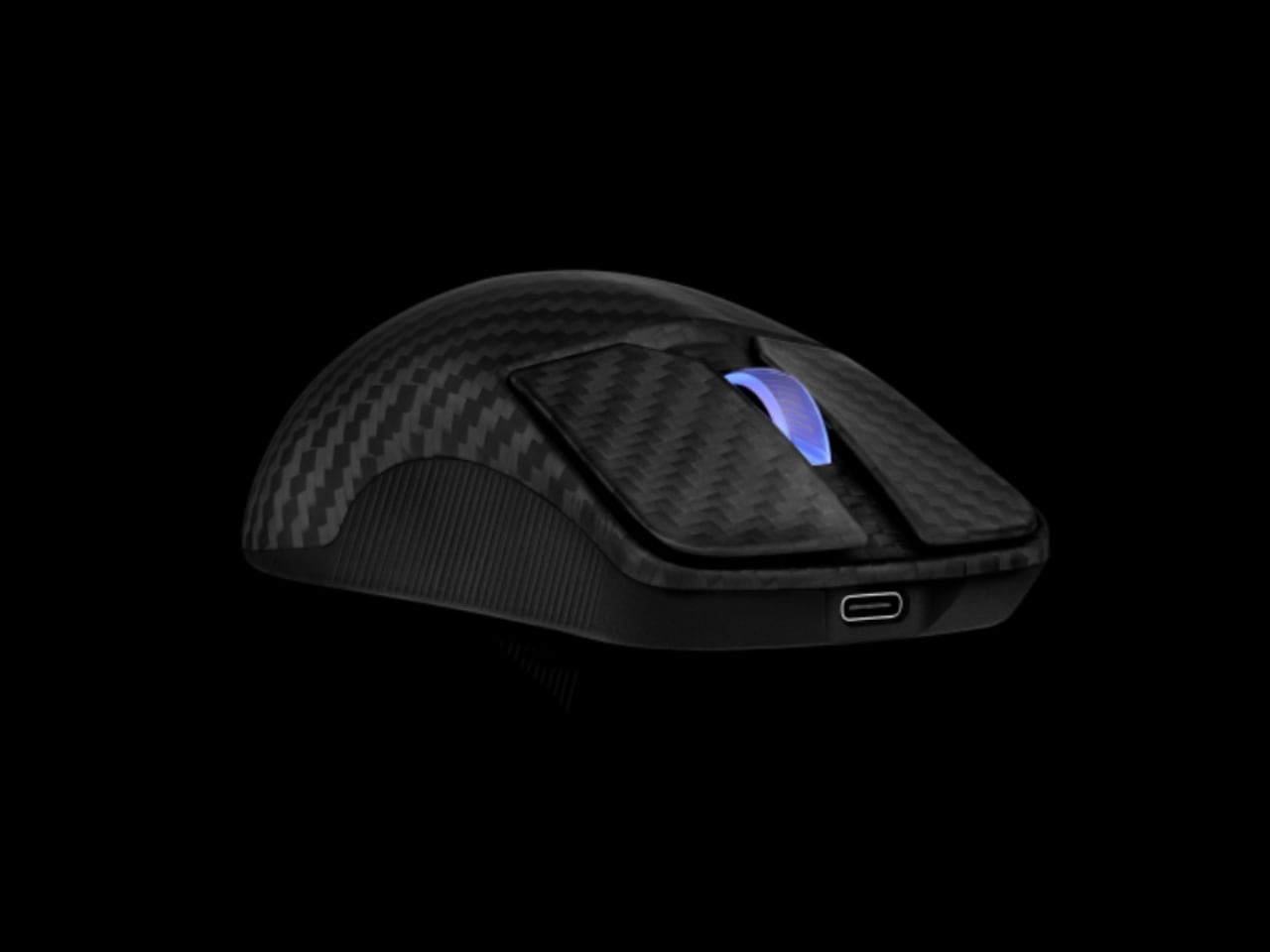
The ASUS Master Thunderbolt 5 Dock DC510 addresses the cable chaos plaguing modern desks with enough bandwidth to run multiple 4K displays, storage arrays, and peripherals through a single cable. The thoughtful port placement and clean design demonstrate an understanding of how these devices are actually used in real workspaces.
Even the ROG SLASH Backpack series has earned recognition for solving specific problems that gamers face when transporting expensive hardware. These aren’t just bags with gaming logos; they feature dedicated compartments, actual protection systems, and thoughtful organization for cables and peripherals. The RT-BE58 Go router, ProArt PA401 PC case, and ASUS Cobble Enclosure storage solution round out the accessories, each addressing specific user needs rather than just filling product categories.
Looking at these 41 wins collectively reveals something important about where technology design is heading. ASUS succeeded by recognizing that one-size-fits-all products satisfy nobody in 2025. A professional photographer needs fundamentally different display features than a competitive gamer. A business user values different laptop attributes than a content creator. A student needs different price points than an enterprise customer.
The sustainability angle running through many products also matters more than the press releases suggest. When premium products lead with 100% recycled aluminum frames and FSC-certified packaging, it normalizes these choices across entire product lines. Environmental consideration is becoming integral to good design rather than a marketing checkbox.
AI integration across categories shows ASUS betting on intelligence over raw specifications. The Zenfone 12 Ultra’s AI Transcript 2.0 converts meeting recordings to searchable documents without cloud processing. The ExpertBook P5’s AI ExpertMeet handles noise cancellation and camera framing locally. These features address real productivity needs while respecting privacy concerns.

Perhaps most importantly, these awards suggest the industry is moving past the era of spec sheet battles. ASUS won by solving specific user frustrations: shaky videos, gaming laptops that look unprofessional, mini PCs that throttle, displays with inconsistent colors, cable management nightmares. Each product addresses real problems people face daily rather than inventing new features nobody requested.
The breadth of this achievement, spanning from pocket-sized smartphones to professional workstations, demonstrates that good design principles scale across categories while respecting each segment’s unique demands. As the technology industry continues chasing bigger numbers and flashier features, ASUS’s focus on thoughtful problem-solving through design points toward a more user-centric future. Whether this translates to market success remains to be seen, but these 41 awards suggest they’re asking the right questions about what technology should actually do for the people who use it every day.
The post ASUS Dominates 2025 Red Dot Awards with 41 Wins Across Every Category That Matters first appeared on Yanko Design.
Asian male esport gamer plays exciting online game in room with neon lighting - he lost and feels upset


Qualcomm 'Snapdragon X2'
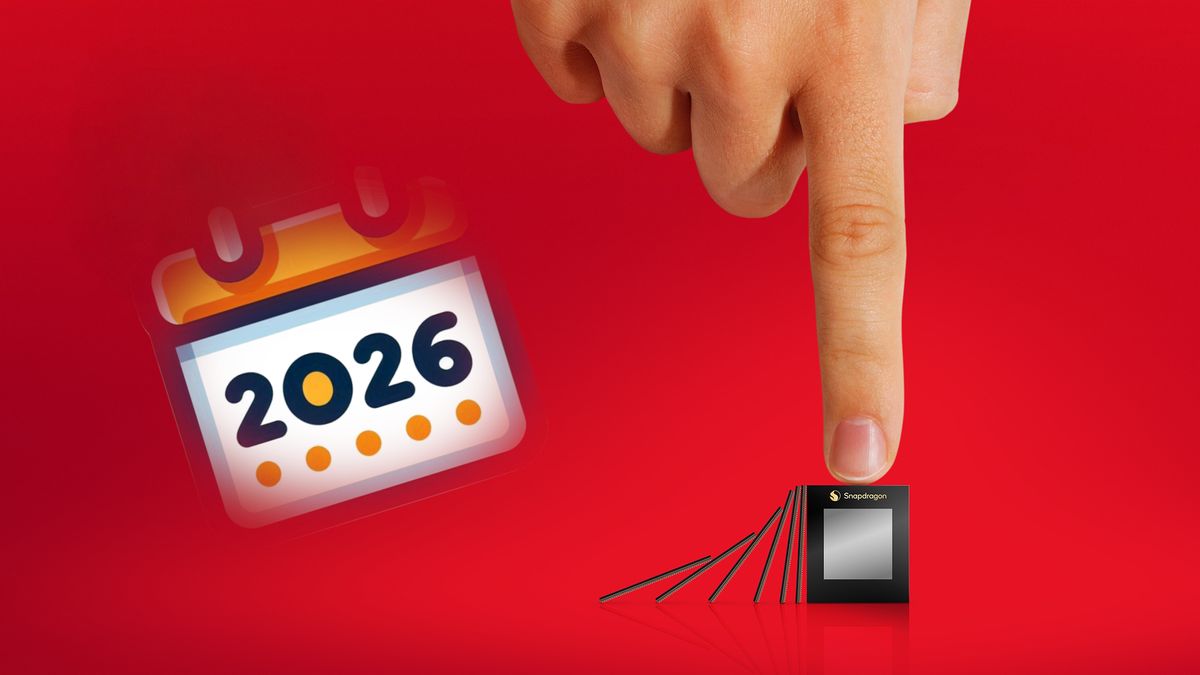
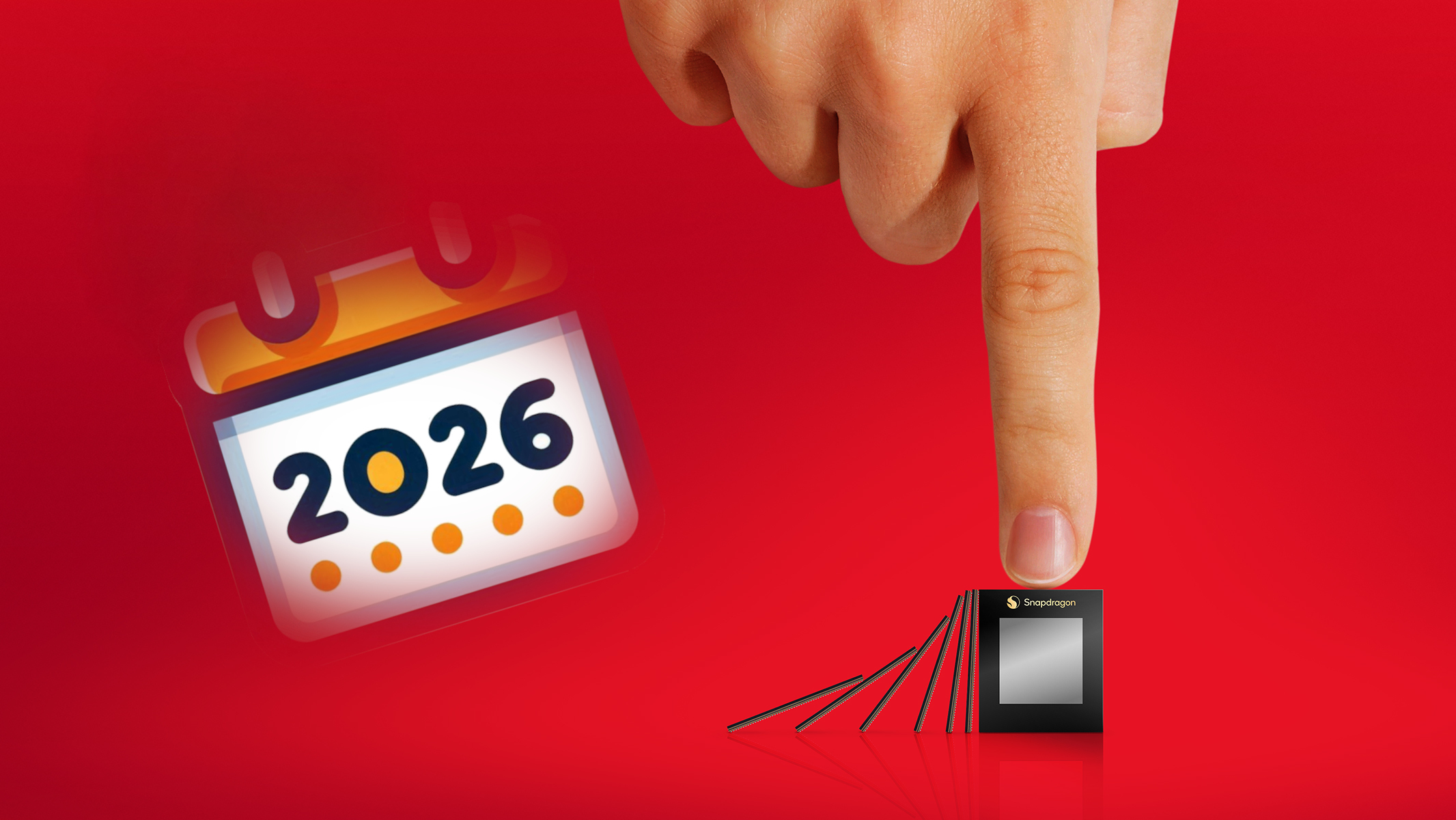
AMD Ryzen 9 7900X Memorial Day deal
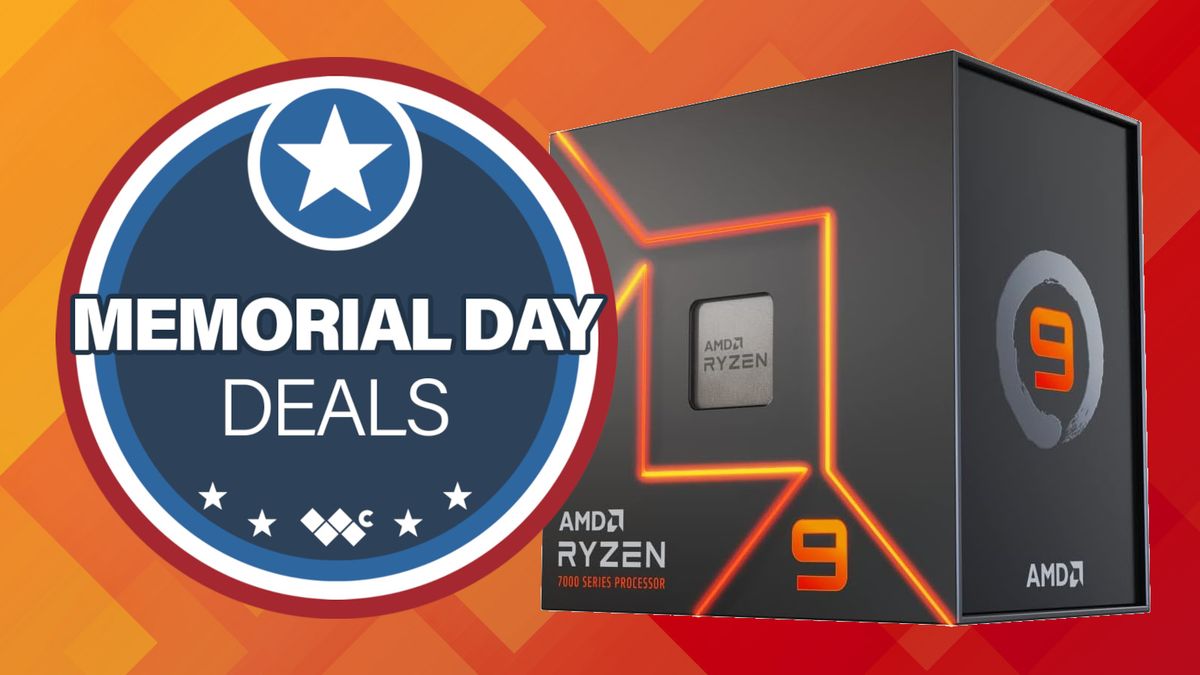
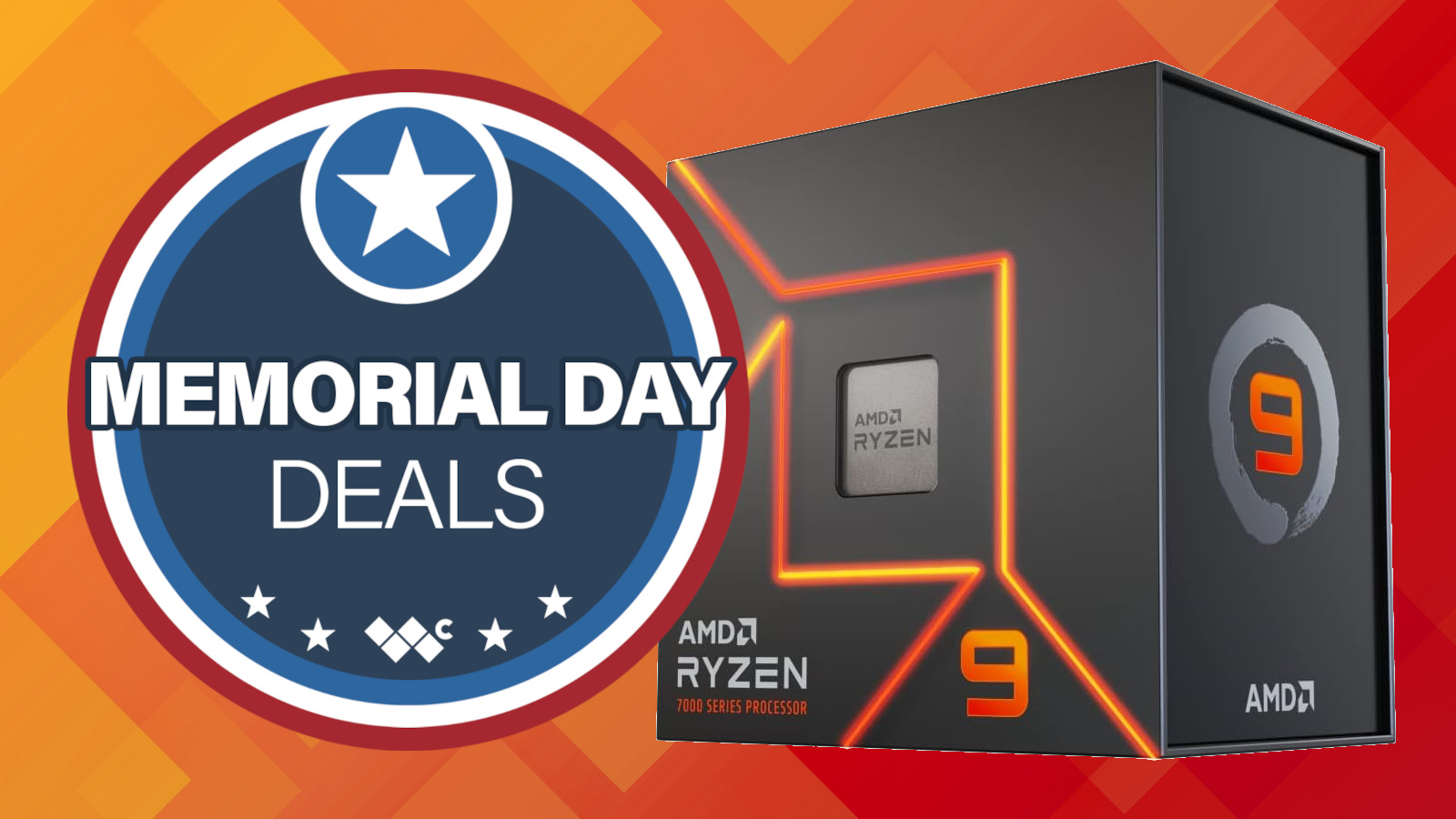
Beelink EQI12 mini PC on yellow and orange background with a graphic that reads, "Memorial Day Sale".
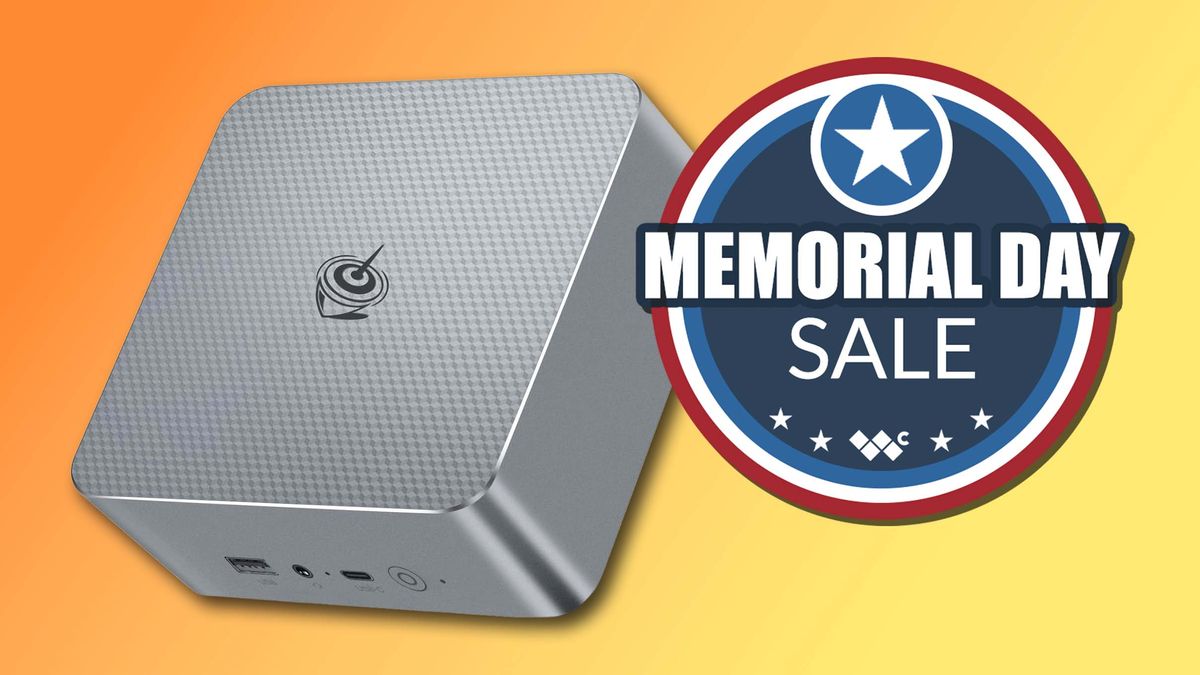
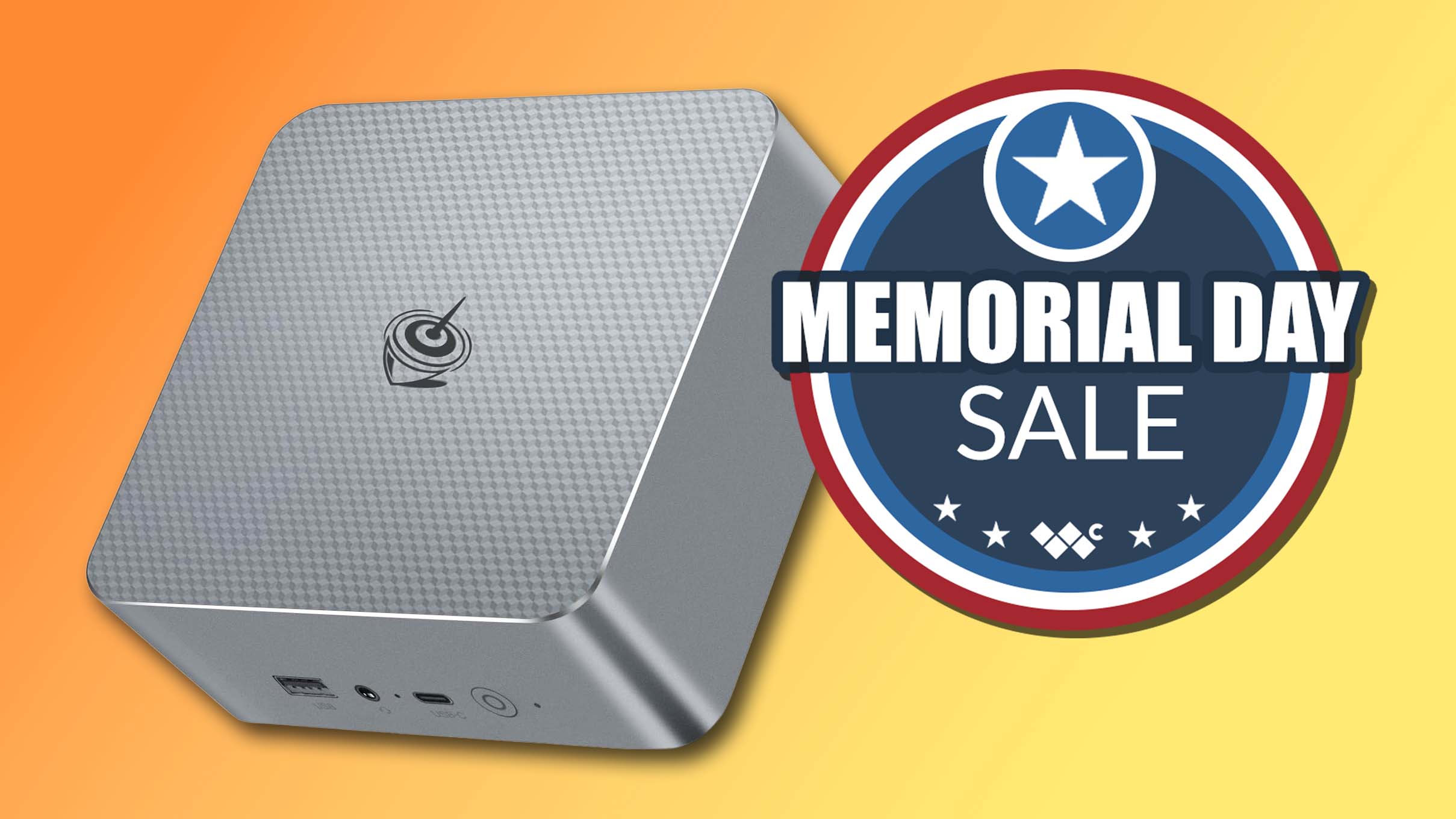
NVIDIA RTX 5060 Ti GPUs
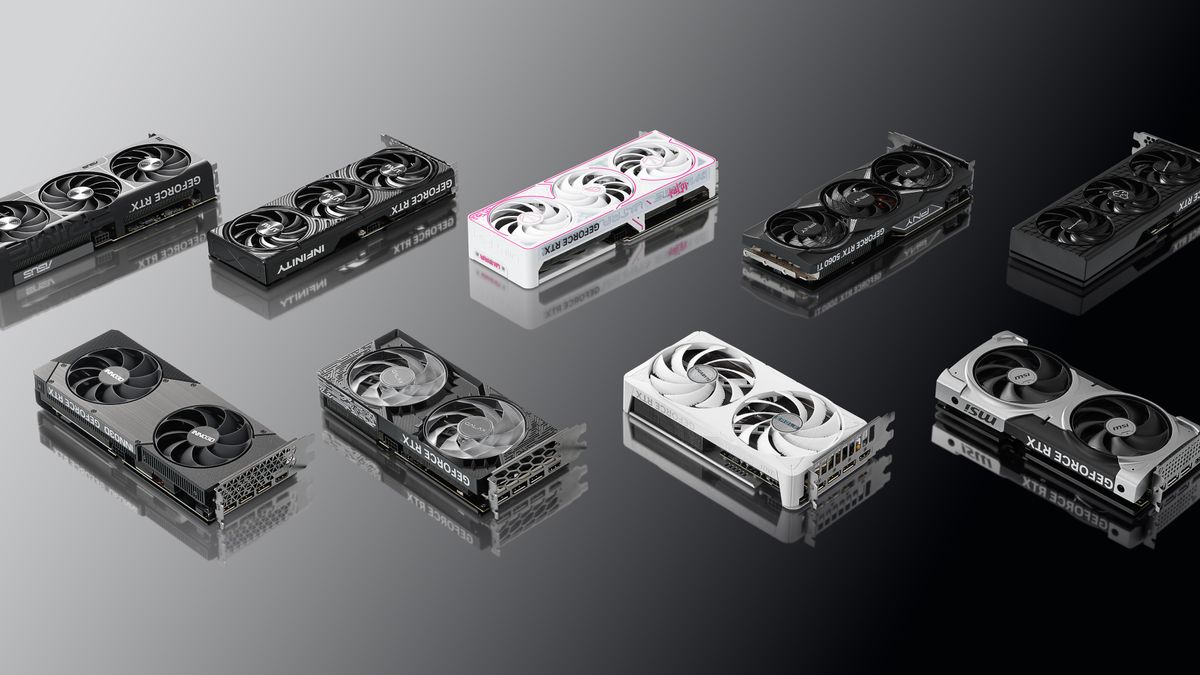
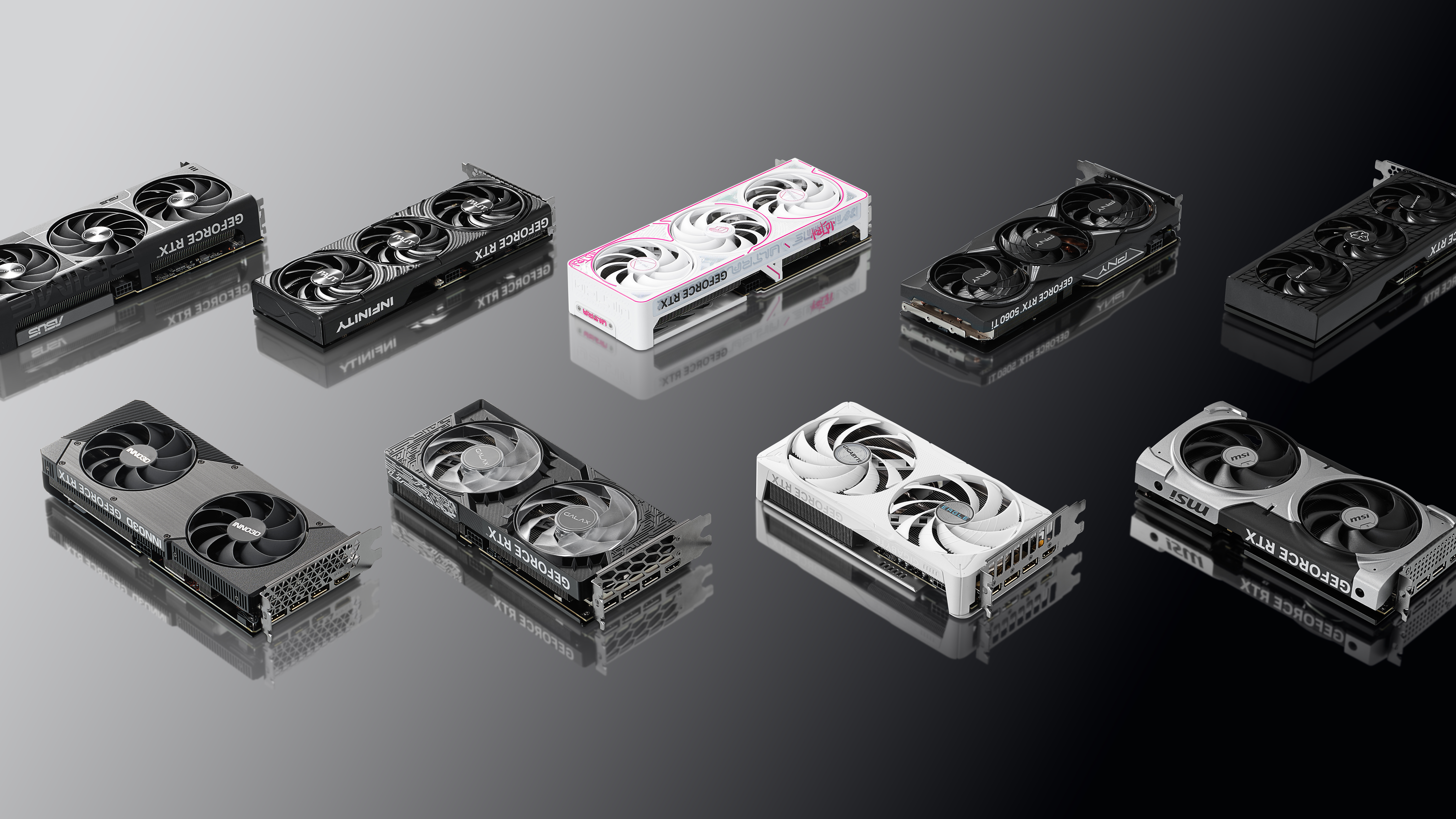
View of an AMD Radeon graphics card.
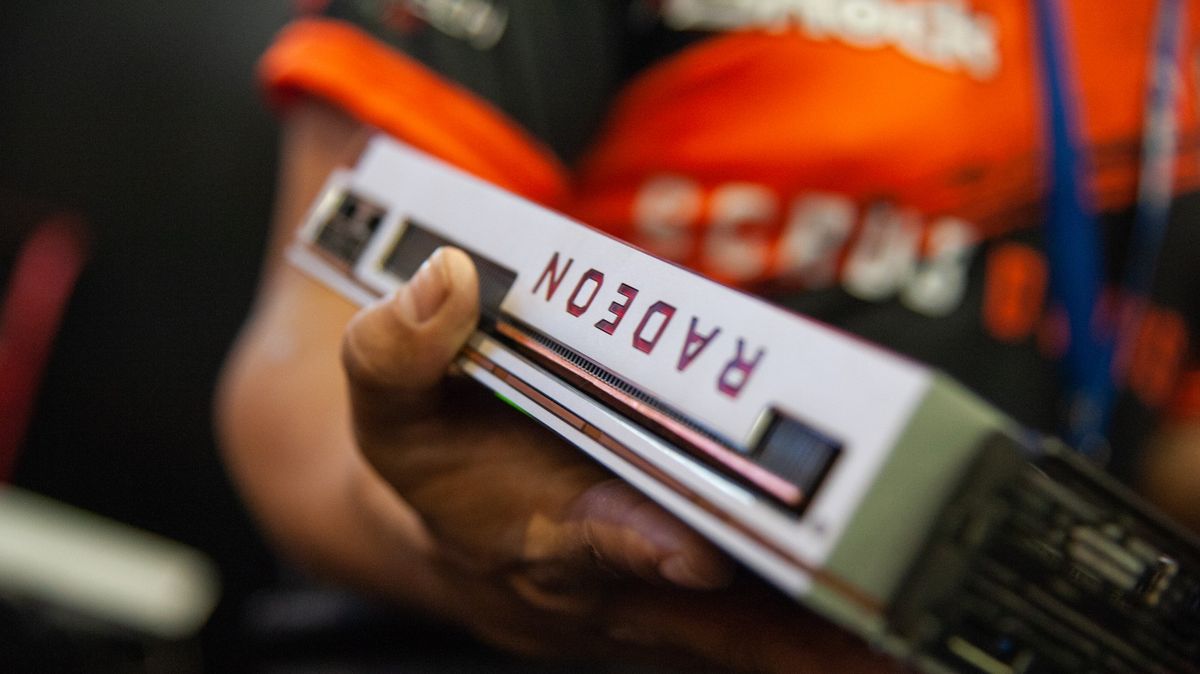
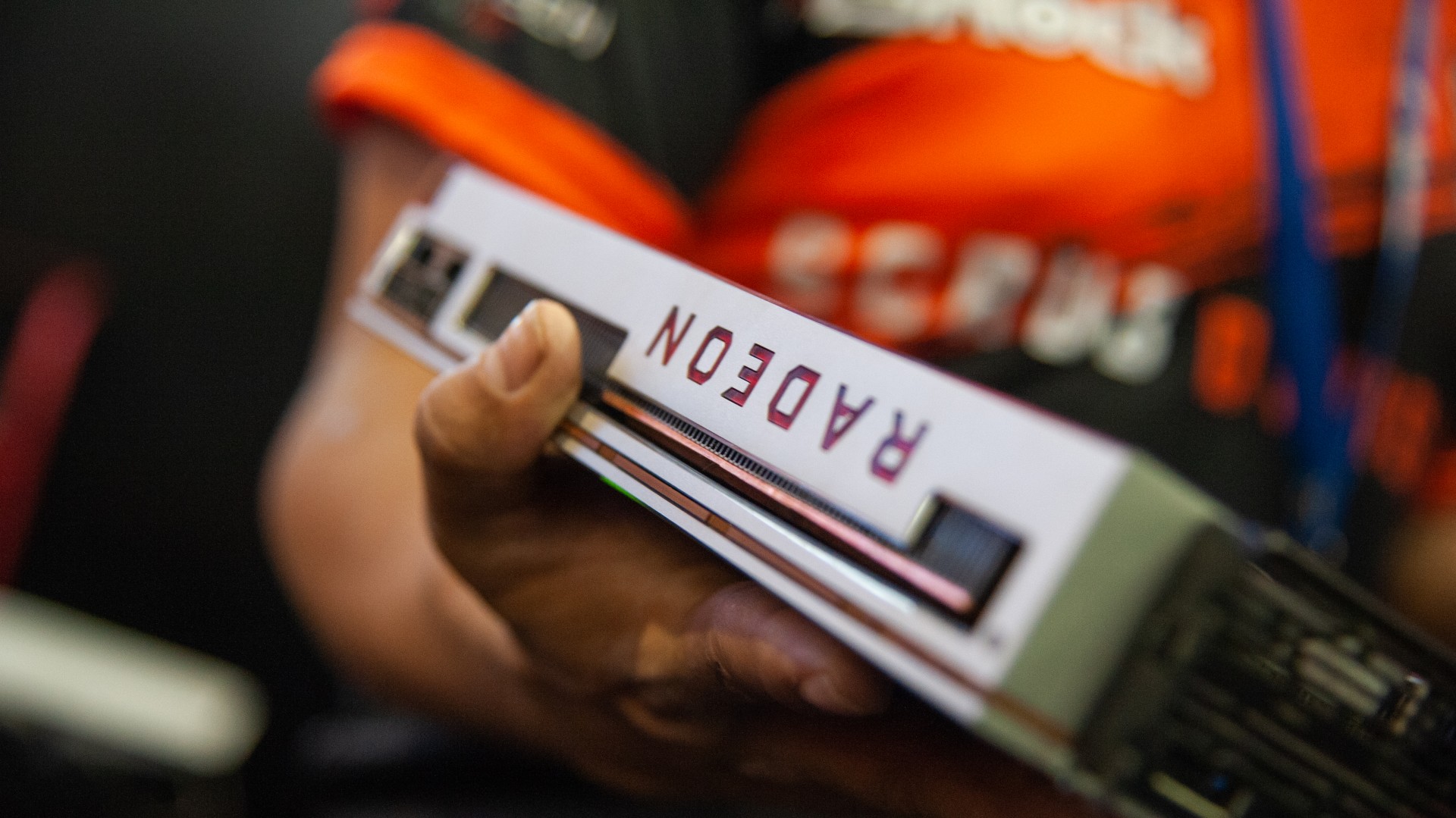
Colorful RTX 4070 Super NB EX 12GB-V review
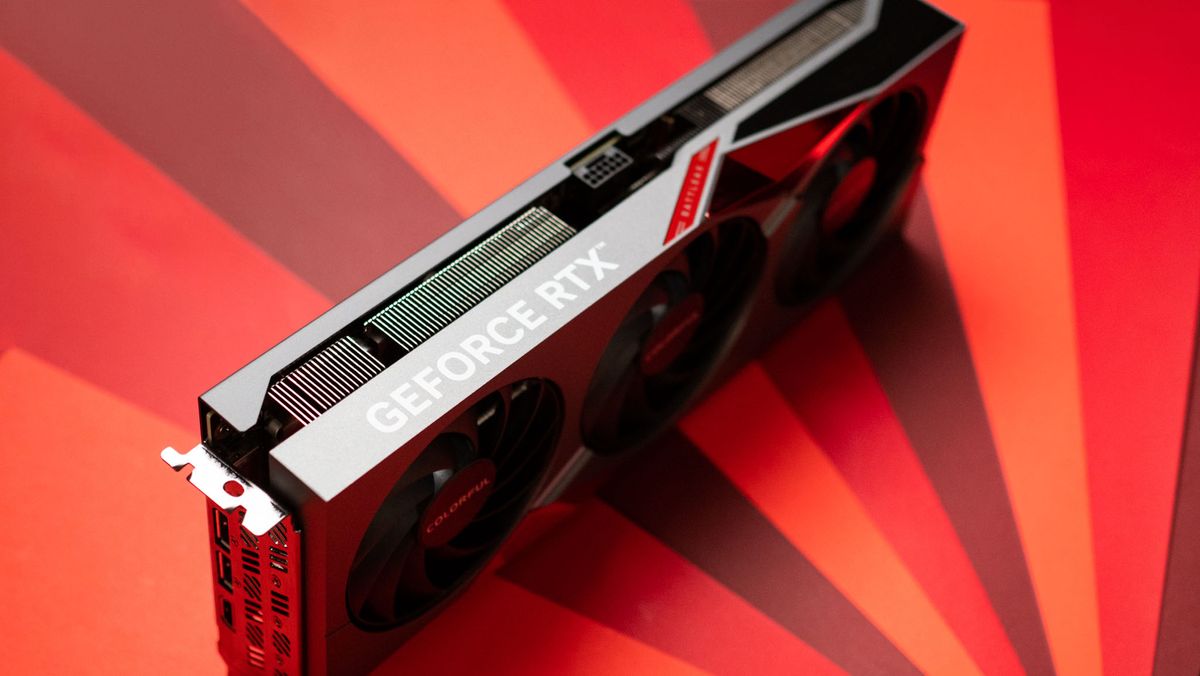
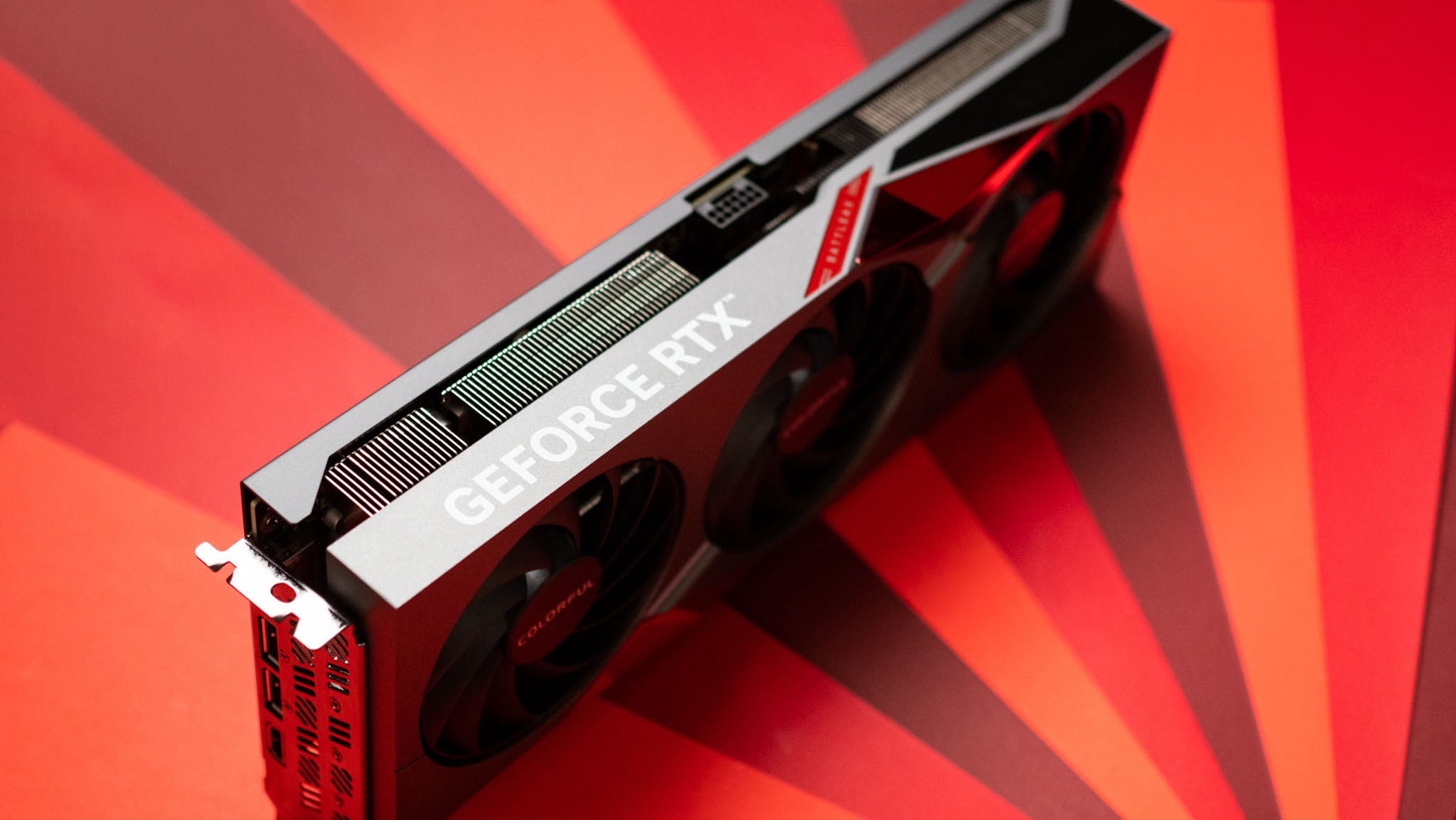
Nvidia RTX 5090 graphics card during the 2025 CES event in Las Vegas, Nevada, US, on Wednesday, Jan. 8, 2025.
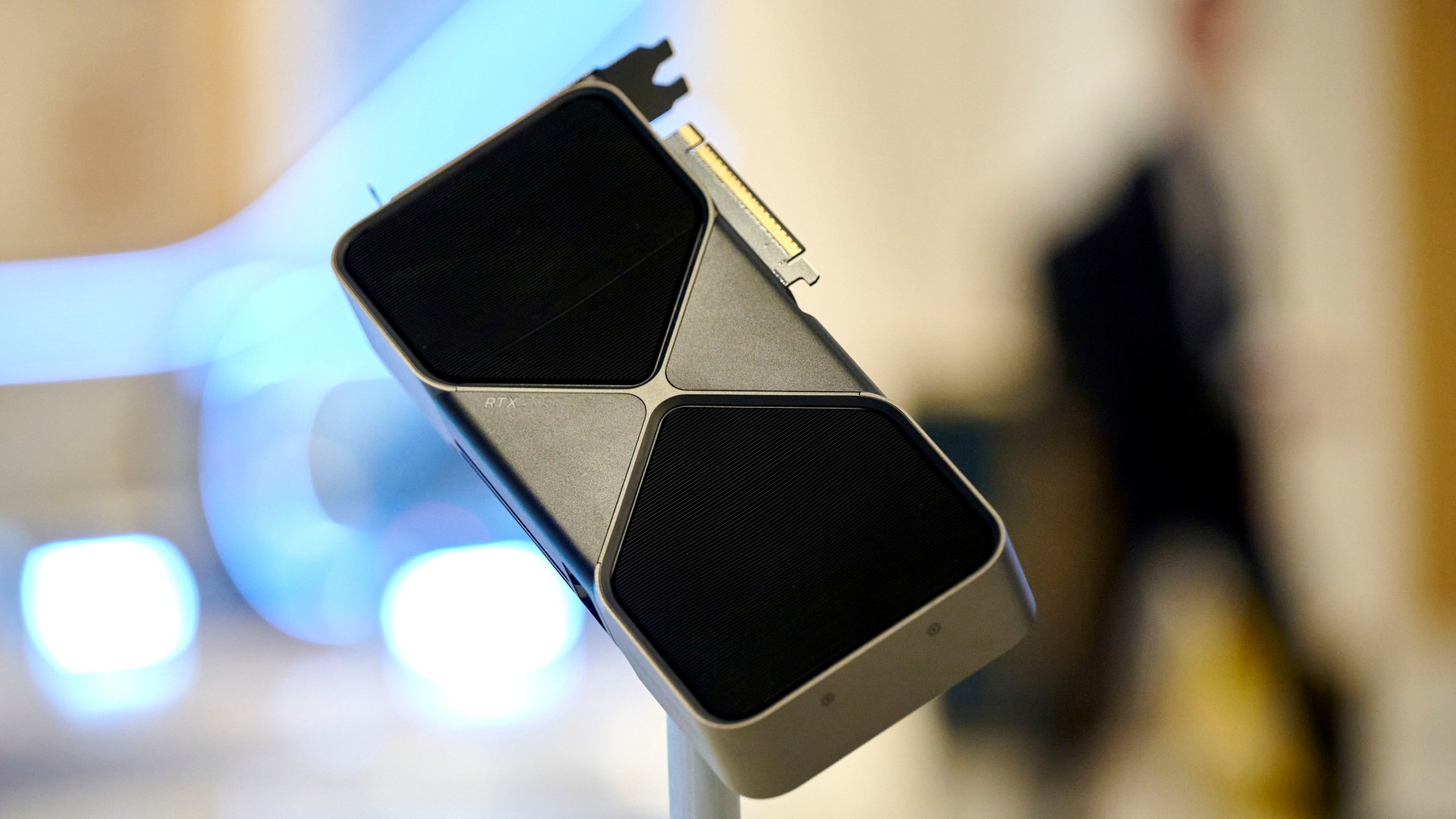
NVIDIA CES 2025
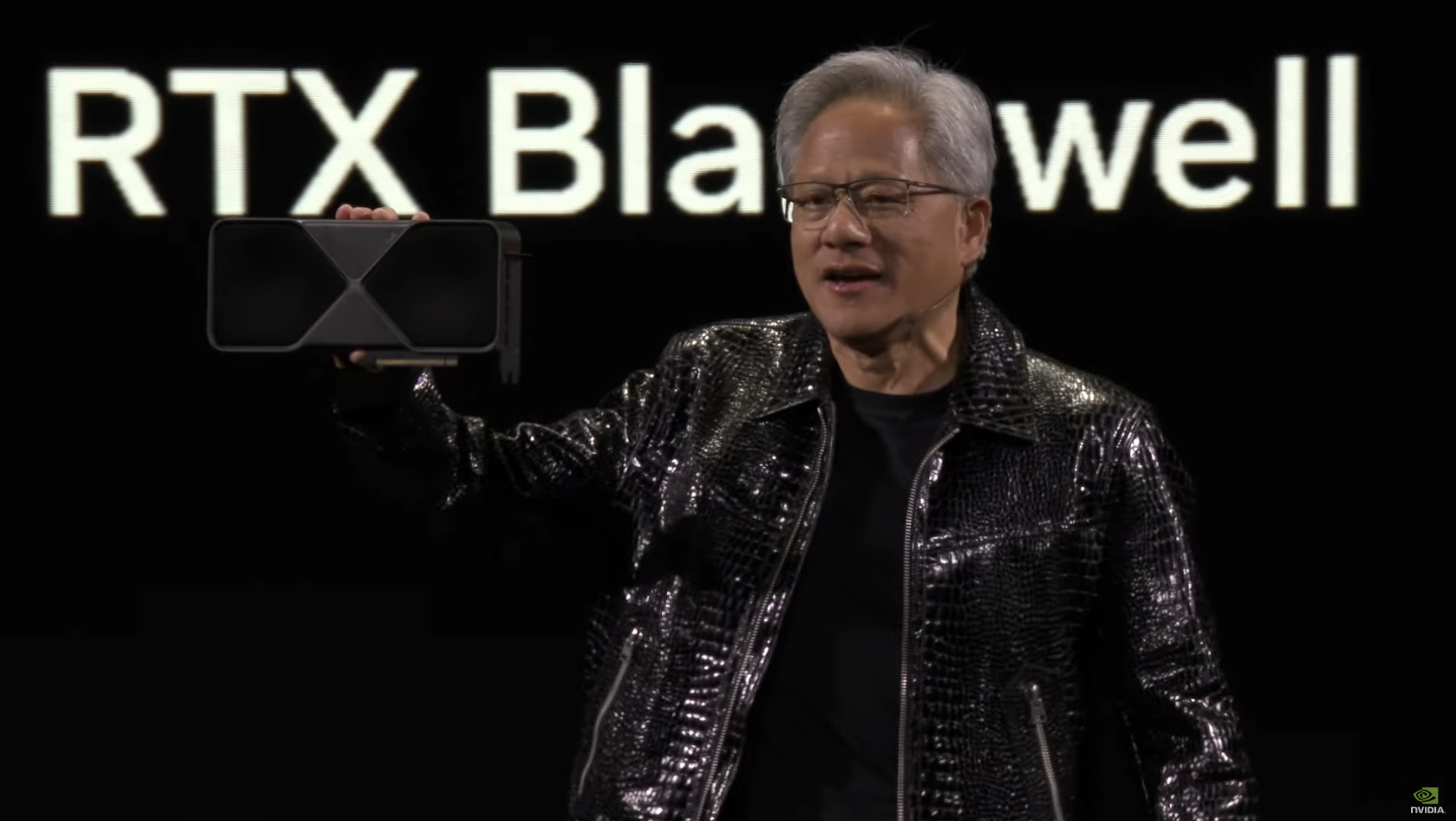
NVIDIA RTX 5070 Ti GPUs
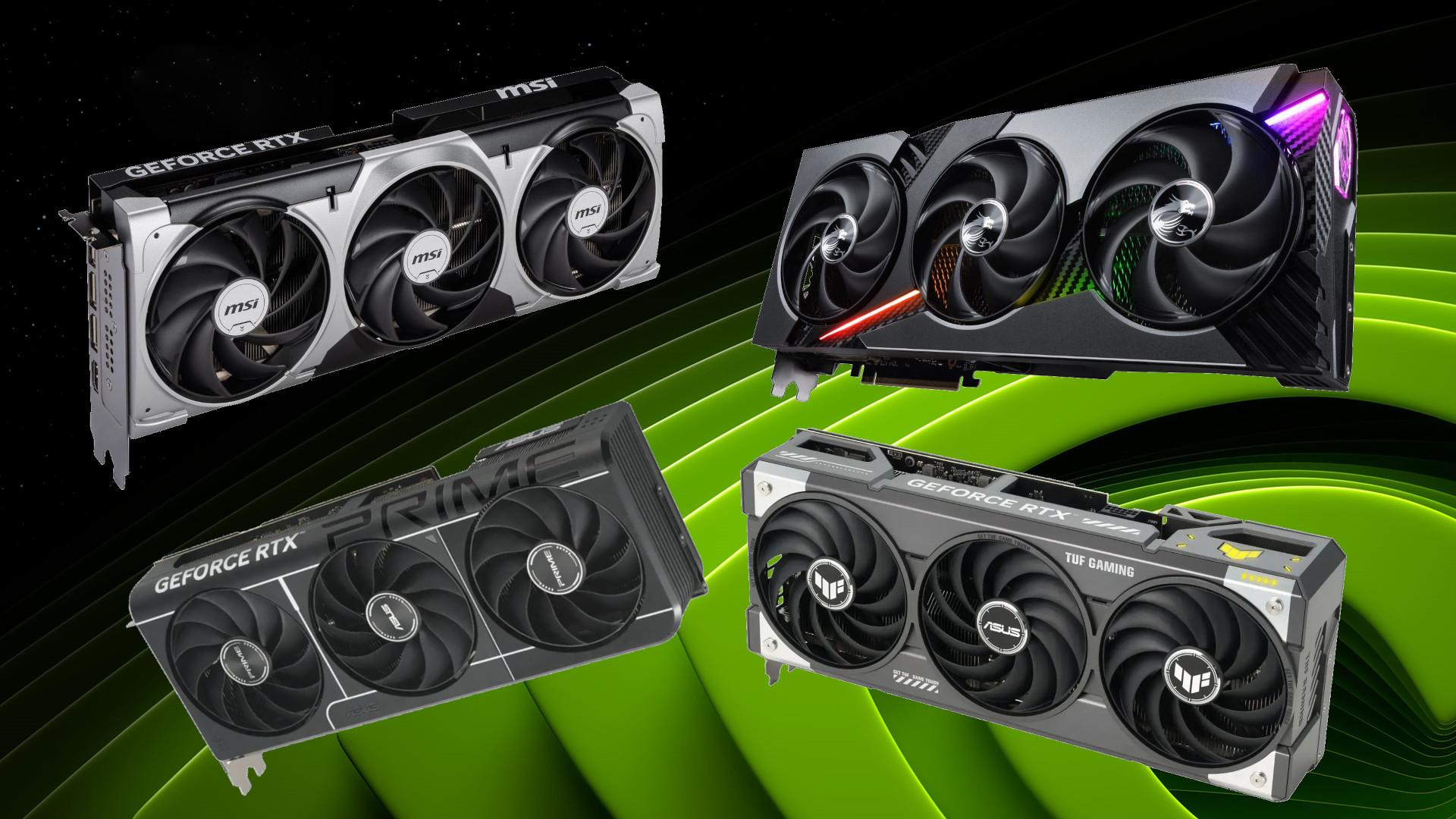
Amd Lisa Su
